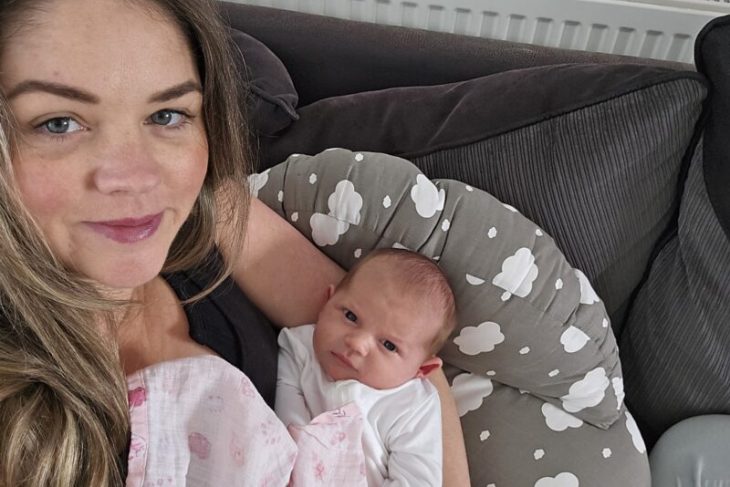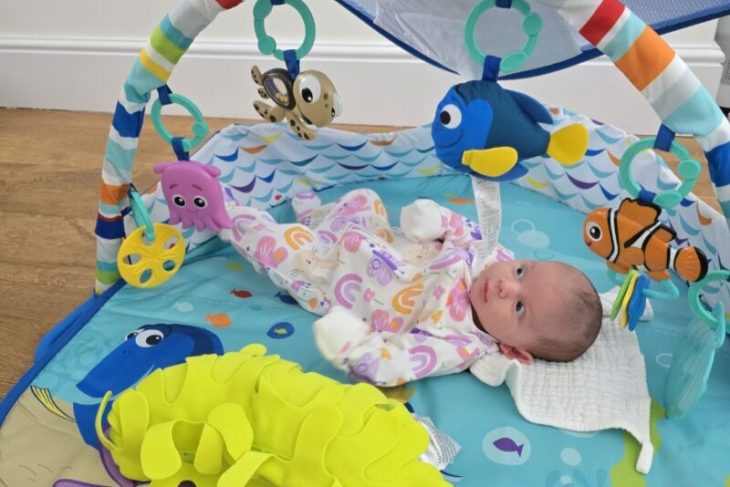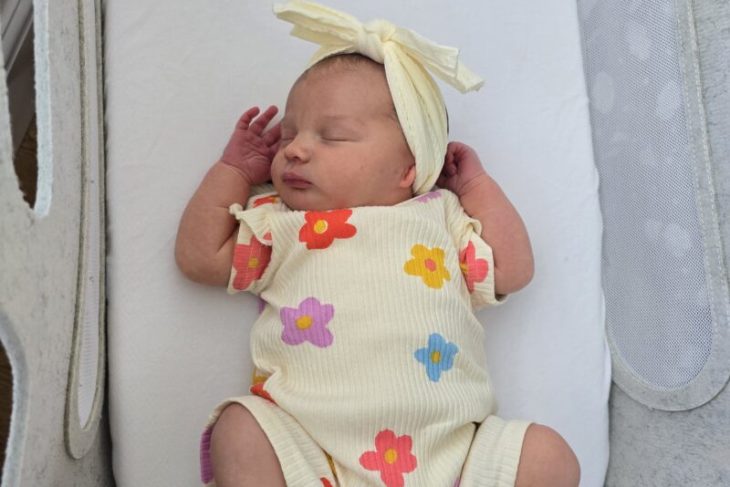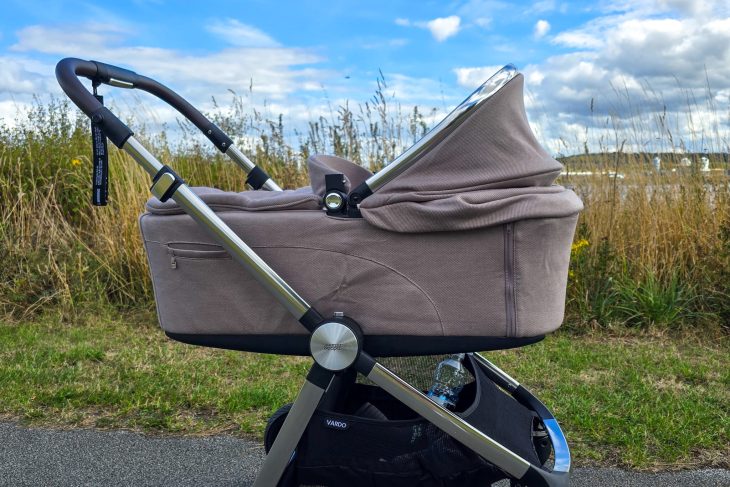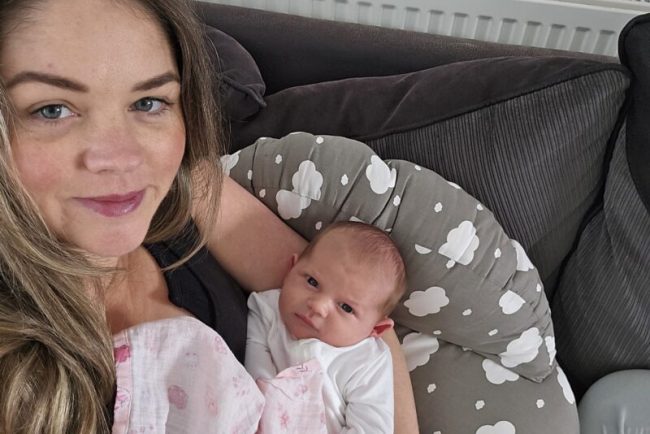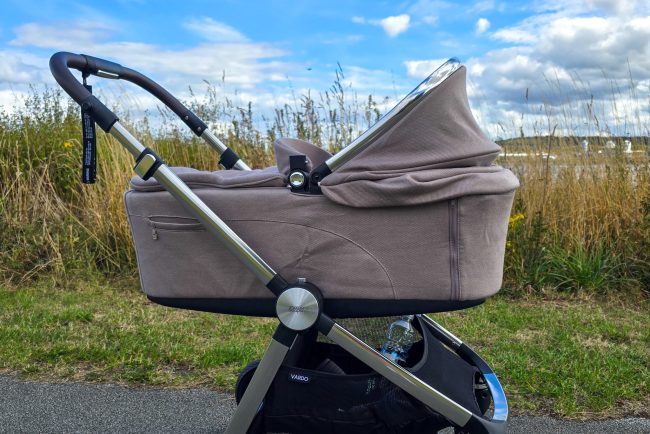
Tips for Having an Honest Conversation About Intimacy Support
Sexual well-being is a sensitive topic for several people, particularly those in long-term relationships. It can often become relevant at some point for many couples,…
The post Tips for Having
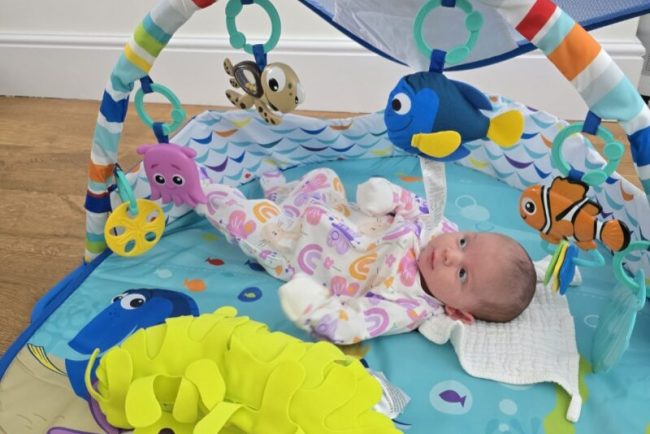
Best Toys for 0-6 Month Olds: Development & Milestones
In the first six months, your baby’s development is rapid and foundational. Age-appropriate toys are more than just entertainment; they are essential tools that stimulate… The post Best Toys for 0-6 Month Olds: Development & Milestones appeared first on The Daily Struggle.
Family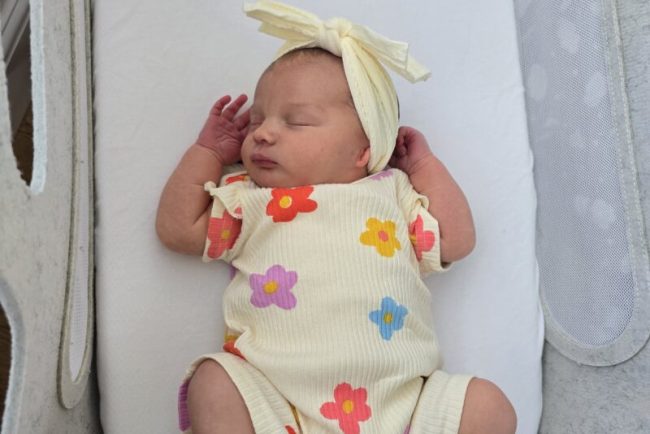
Hospital Bag Essentials: What Expectant Parents REALLY Need To Pack
The nesting instinct is kicking in, and with it comes the exciting, sometimes overwhelming, urge to prepare for your little one’s arrival. As your due… The post Hospital Bag Essentials: What Expectant Parents REALLY Need To Pack appeared first on The Daily Struggle.
Family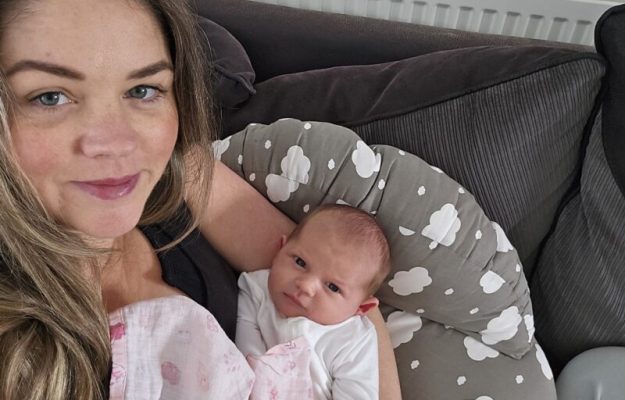


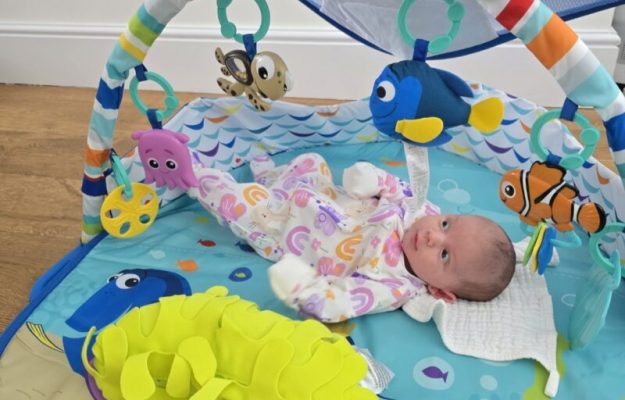

Tips for Having an Honest Conversation About Intimacy Support
Sexual well-being is a sensitive topic for several people, particularly those in long-term relationships. It can often become relevant at some point for many couples,… The post Tips for Having an Honest Conversation About Intimacy Support appeared first on The Daily Struggle.
Sex Relashionships
Sexual well-being is a sensitive topic for several people, particularly those in long-term relationships. It can often become relevant at some point for many couples,…
The post Tips for Having an Honest Conversation About Intimacy Support appeared first on The Daily Struggle.
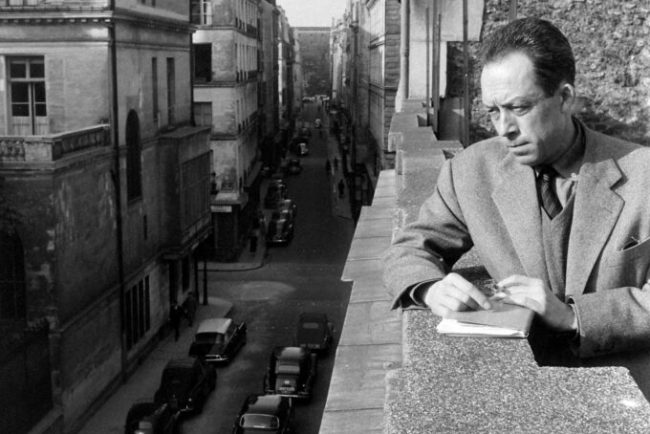
Albert Camus: Intellectual Titan
In 1968 LIFE magazine summed up the appeal of French philosopher and author Albert Camus with a single sentence: “Camus looked directly into the darkness as saw sun—the human spirit.” The line came from a review of Camus’ book “Lyrical and Critical Essays.” And the […]
PeopleIn 1968 LIFE magazine summed up the appeal of French philosopher and author Albert Camus with a single sentence: “Camus looked directly into the darkness as saw sun—the human spirit.” The line came from a review of Camus’ book “Lyrical and Critical Essays.” And the fact that LIFE was reviewing such books at all is a throwback to a time when mainstream American media regularly chronicled the doings of French intellectuals.
LIFE ran its biggest story on Camus in October 1957, right around the time he was awarded the Nobel Prize for Literature for fictional works such as The Stranger, The Plague and The Fall, and philosophical writings such as “The Myth of Sisyphus.” Camus was a mere 44 years old at the time, and he remains the second-youngest person to receive the Nobel Prize for Literature, after Rudyard Kipling.
LIFE’s 1957 story about Camus carried the headline “Action-Packed Intellectual” and began with the note that he “jealously guards his privacy.” But the author relented enough to allow LIFE staff photographer Loomis Dean a rare window into his life. Dean documented Camus at his publishing office, at home with his family, and preparing to direct a staging of his play Caligula. Camus declared to LIFE, “I consider myself an artist first, almost exclusively. What is an artist? Principally a vital force, and of that, frankly, I think I have almost too much. It wears me out.”
The most famous photo from Dean’s shoot—which is also one of the most popular images in LIFE’s online print store—is of Camus standing on the balcony of his Paris publishing offices. Camus looks like an avatar of 1950s intellectual cool. He even takes a drag on a cigarette, a throwback to the days when smoking was less taboo.
In the original story the image of Camus on the balcony ran with this quote from him: “I don’t like to work sitting down. I like to stand up—even at my desk. I probably need to wear myself out.”
It’s the kind of intellectual who could become popular—one who doesn’t take anything sitting down.
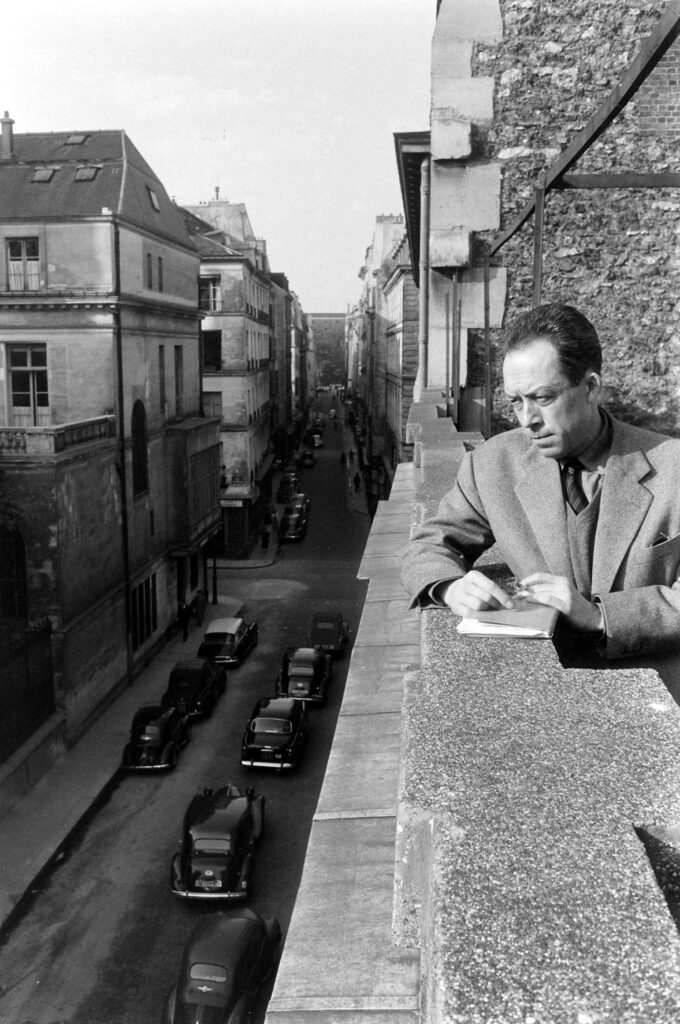
French author Albert Camus at the office of his Paris publishing house, 1957.
Loomis Dean/Life Picture Collection/Shutterstock
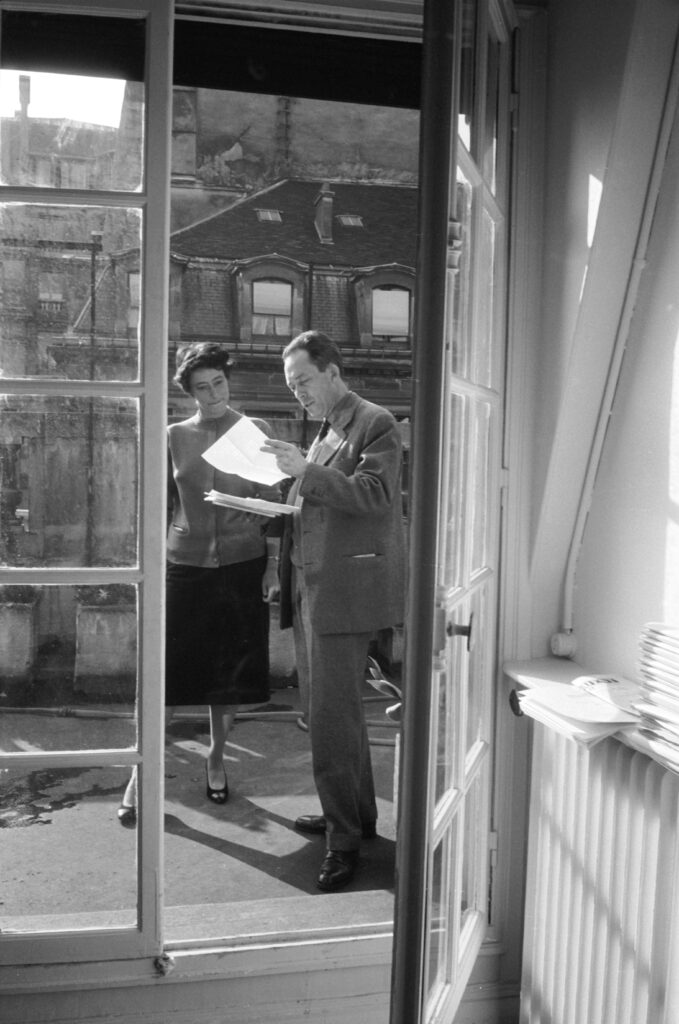
French author and philosopher Albert Camus stands with an unidentified woman and reads one of a number of letters on a balcony outside his publishing office, Paris, 1957.
Loomis Dean/Life Picture Collection/Shutterstock
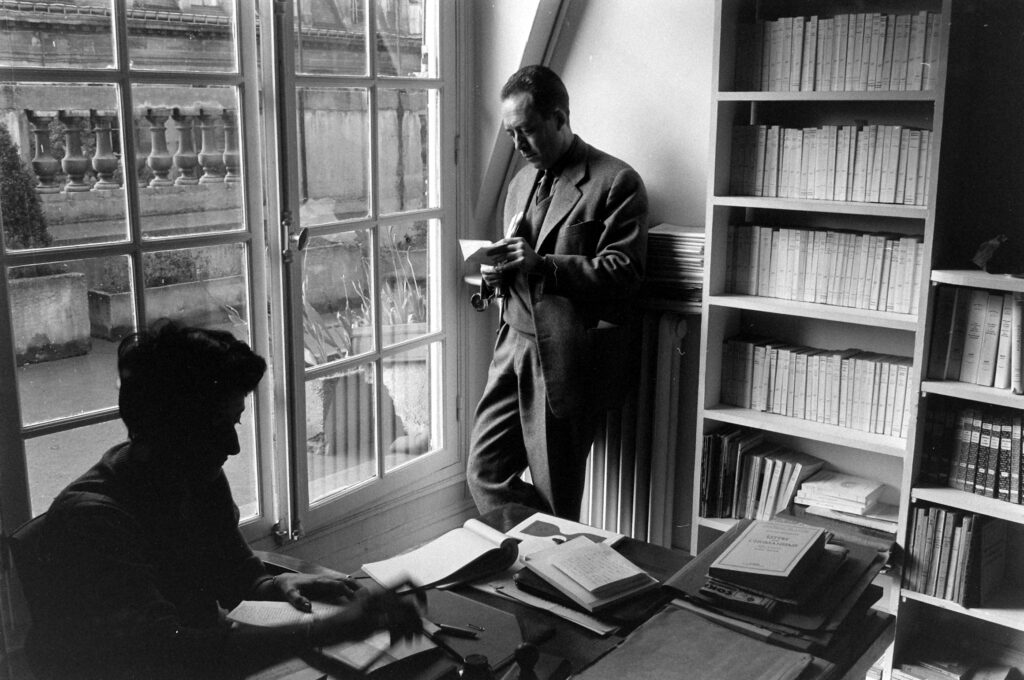
Albert Camus leaned against a radiator in his office, Paris, 1957.
Loomis Dean/Life Picture Collection/Shutterstock
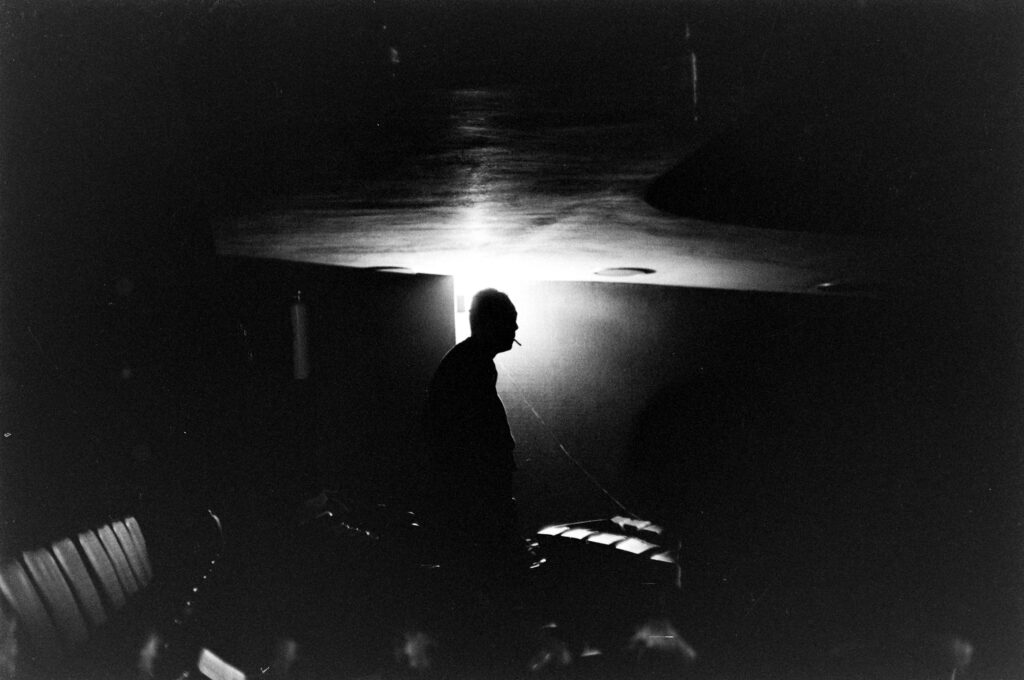
French author Albert Camus, on the set of his play Caligula, 1957.
Loomis Dean/Life Picture Collection/Shutterstock
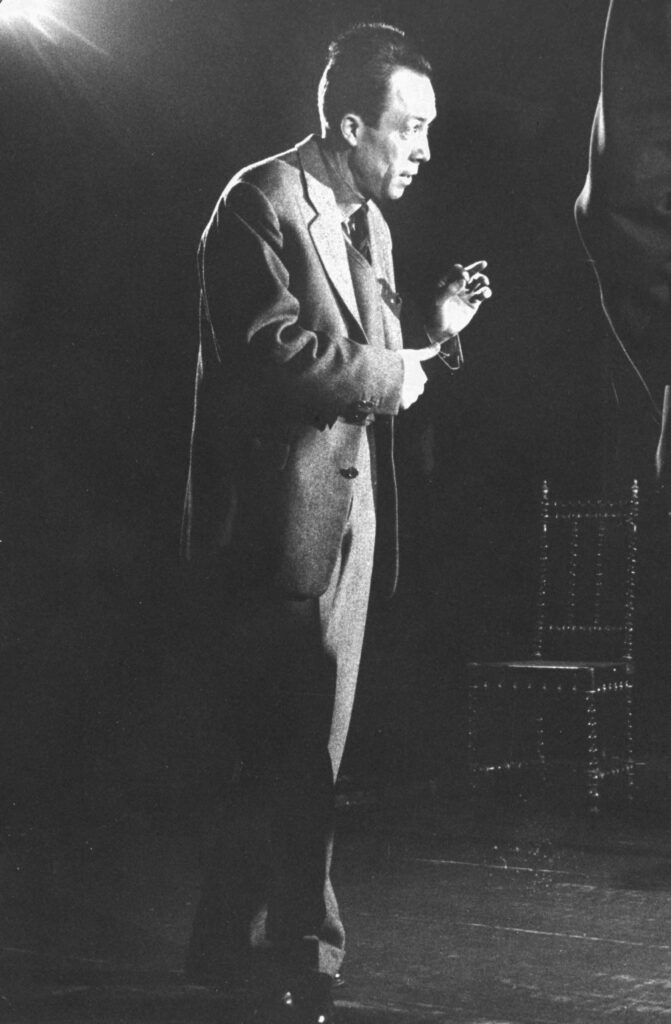
Albert Camus directed a rehearsal of his play Caligula, Paris 1957.
Loomis Dean/Life Picture Collection/Shutterstock
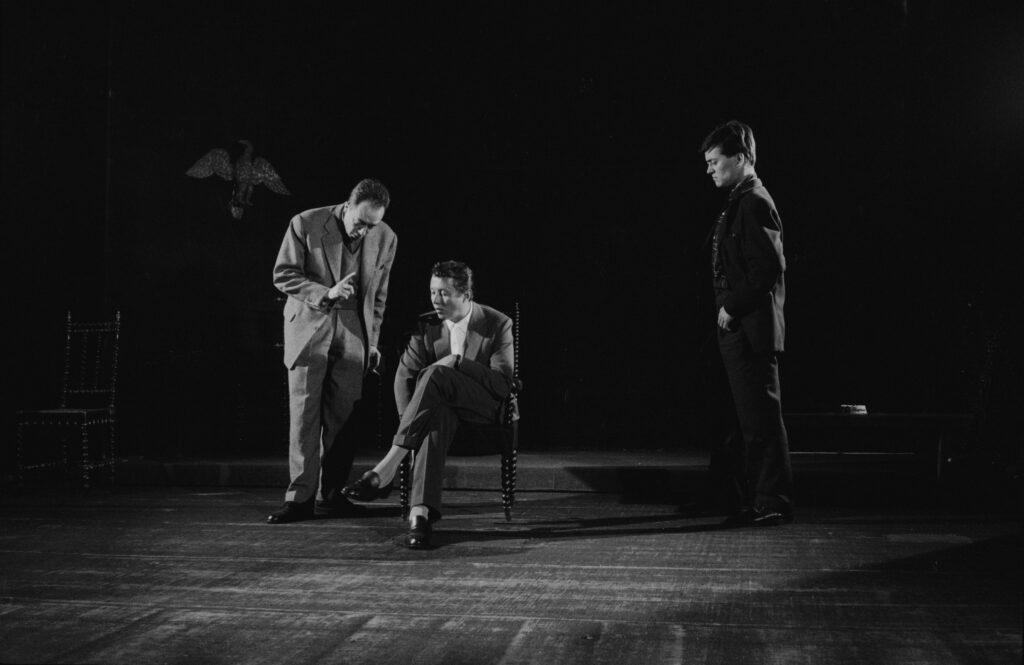
Albert Camus directed actors during a rehearsal of his play ‘Caligula.’ Paris, 1957.
Loomis Dean/Life Picture Collection/Shutterstock
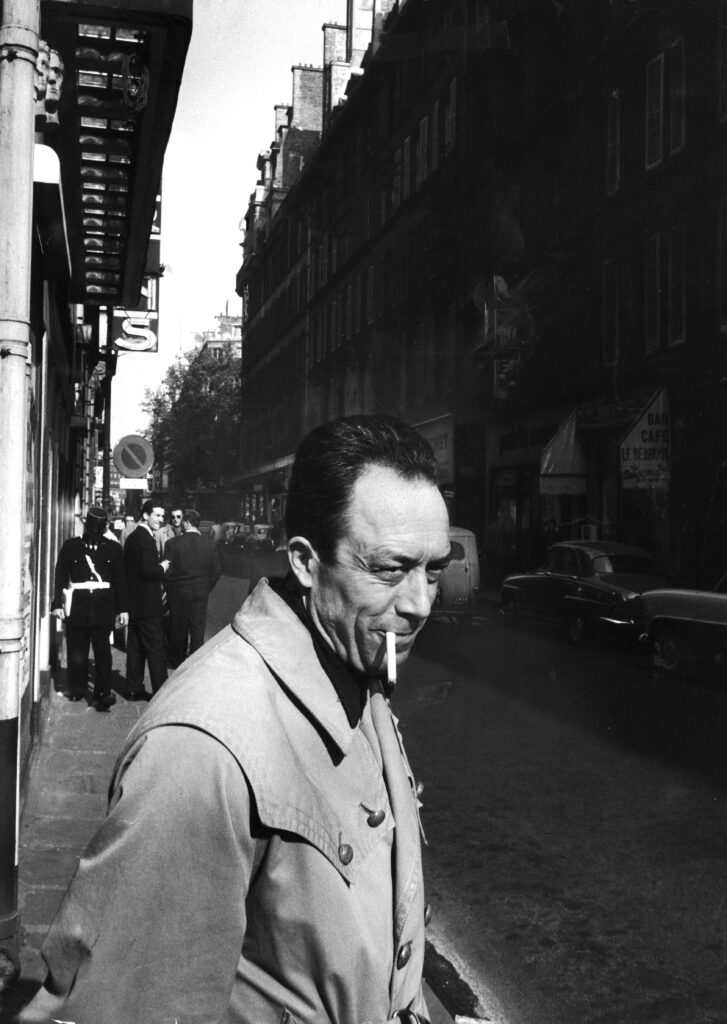
Albert Camus smoked a cigarette outside Theatre des Mathurins, where the rehearsals of his play Caligula were taking place, 1957.
Loomis Dean/Life Picture Collection/Shutterstock
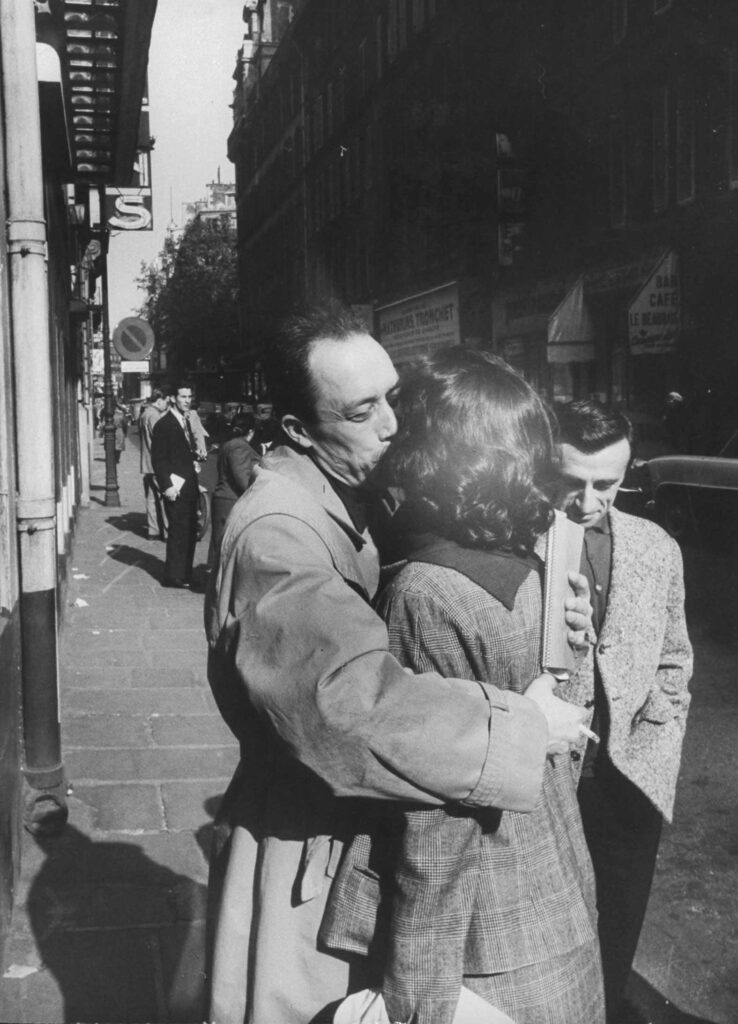
Albert Camus kissed actress Dominique Blanchar after a rehearsal of his play Caligula, 1957.
Loomis Dean/Life Picture Collection/Shutterstock
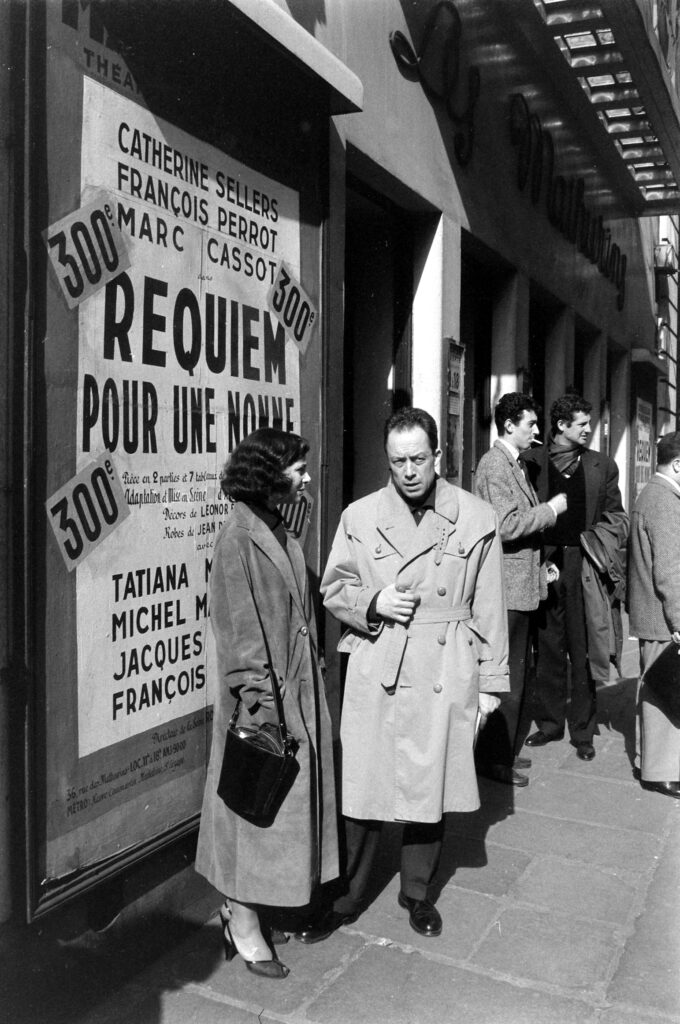
Albert Camus and actress Dominique Blanchar after a rehearsal of his play Caligula, 1957.
Loomis Dean/Life Picture Collection/Shutterstock
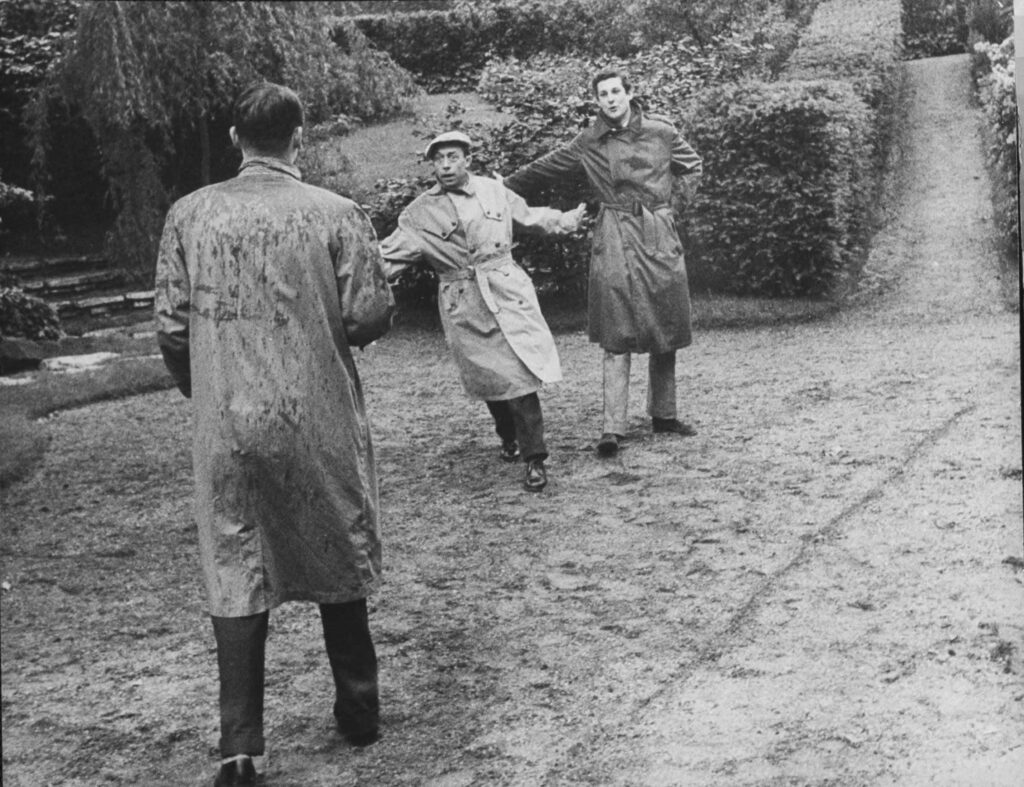
Albert Camus (center) rehearsed with actors for his play Caligula at an outdoor Shakespeare theater in Paris, 1957.
Loomis Dean/Life Picture Collection/Shutterstock
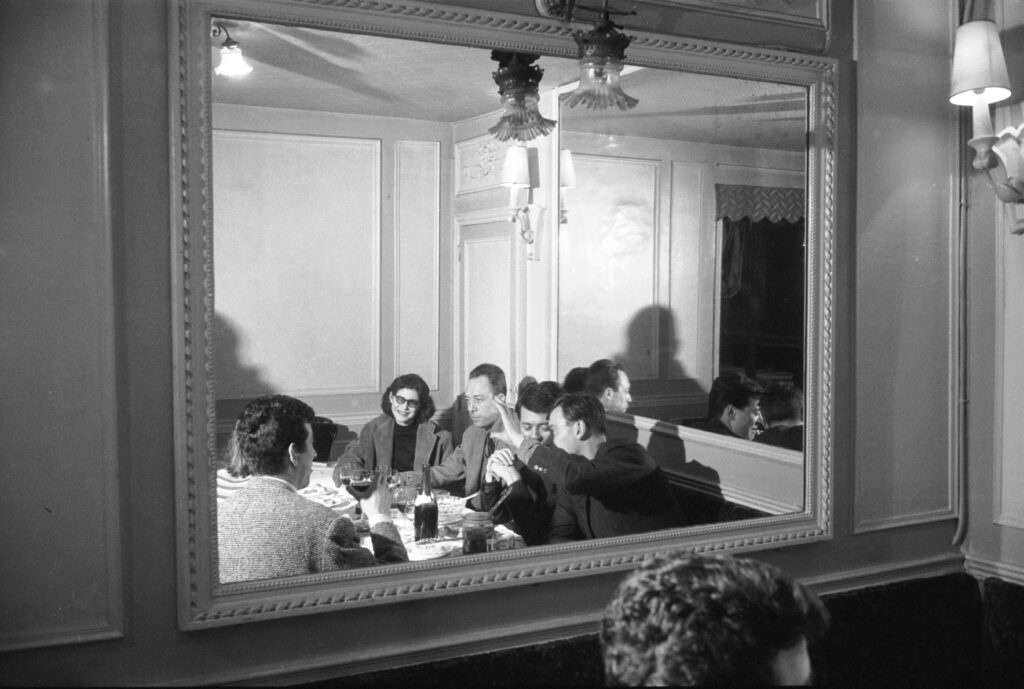
Albert Camus (center, next to woman in glasses) dined with a group at a Paris restaurant, 1957.
Loomis Dean/Life Picture Collection/Shutterstock
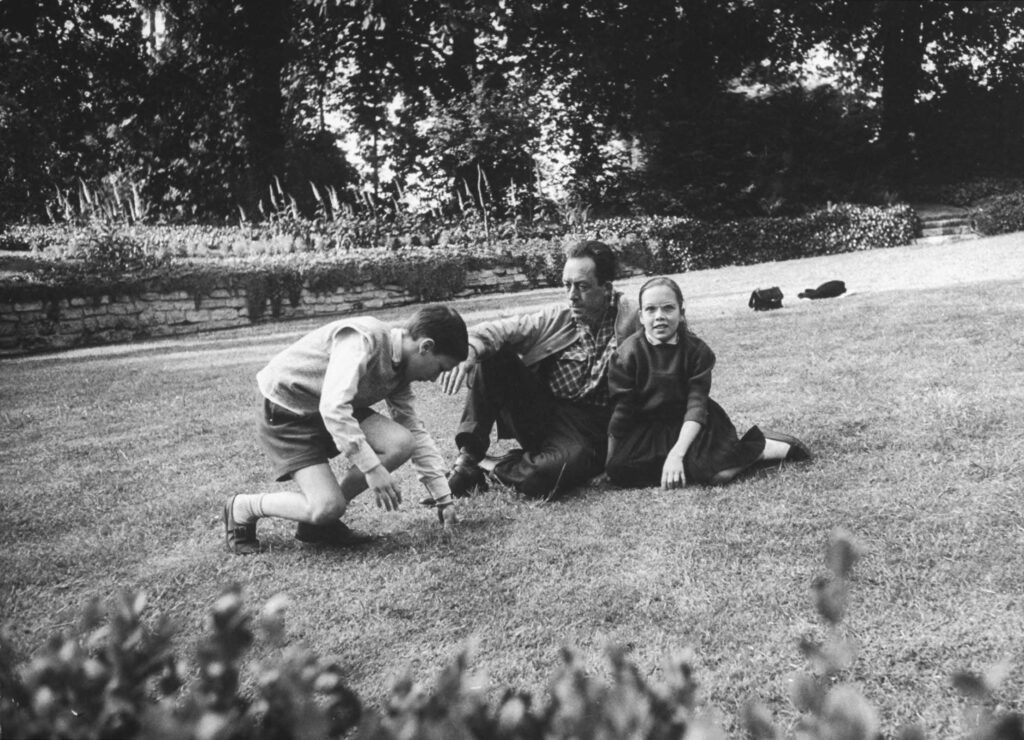
French author Albert Camus sitting in the garden of his Paris home with his 11-year-old twins Jean and Catherine, 1957.
Loomis Dean/Life Picture Collection/Shutterstock
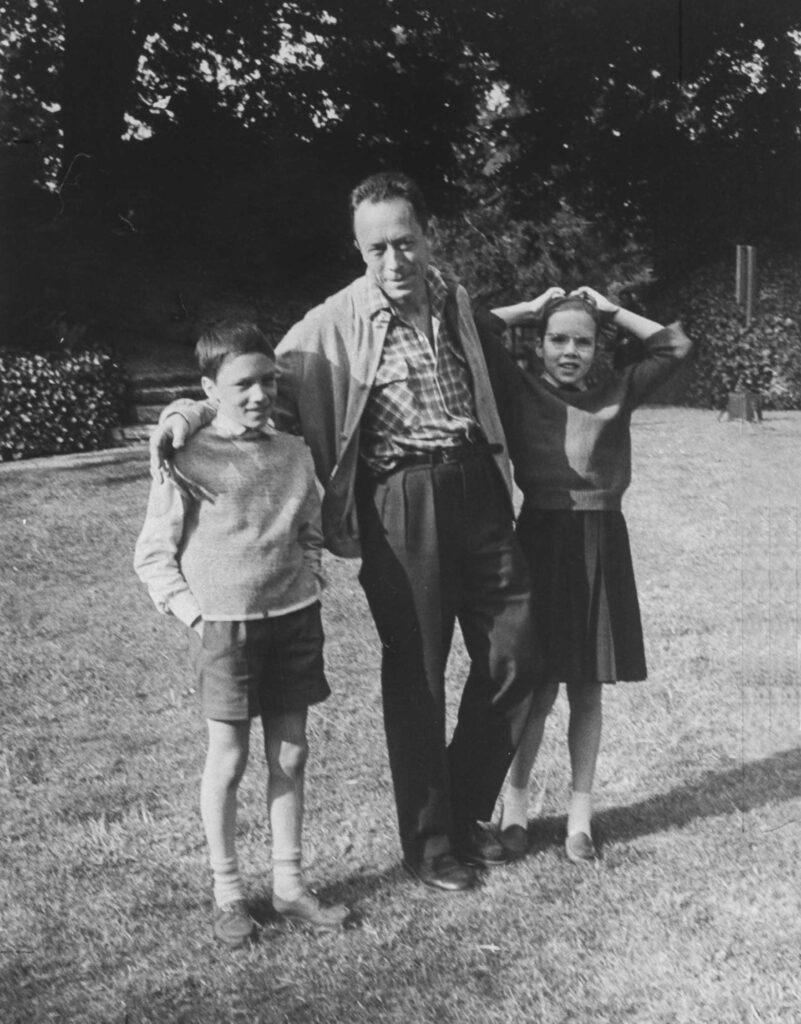
French author Albert Camus poised at home with his 11-year-old twins Jean and Catherine, 1957.
Loomis Dean/Life Picture Collection/Shutterstock
The post Albert Camus: Intellectual Titan appeared first on LIFE.
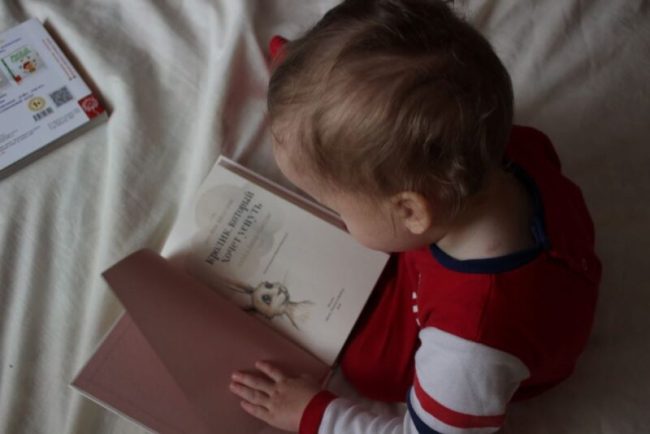
The best toddler books for little bookworms
Whether you’re looking for a gift for a little one, or just something to make bedtime run a bit more smoothly, here are some of… The post The best toddler books for little bookworms appeared first on The Daily Struggle.
Family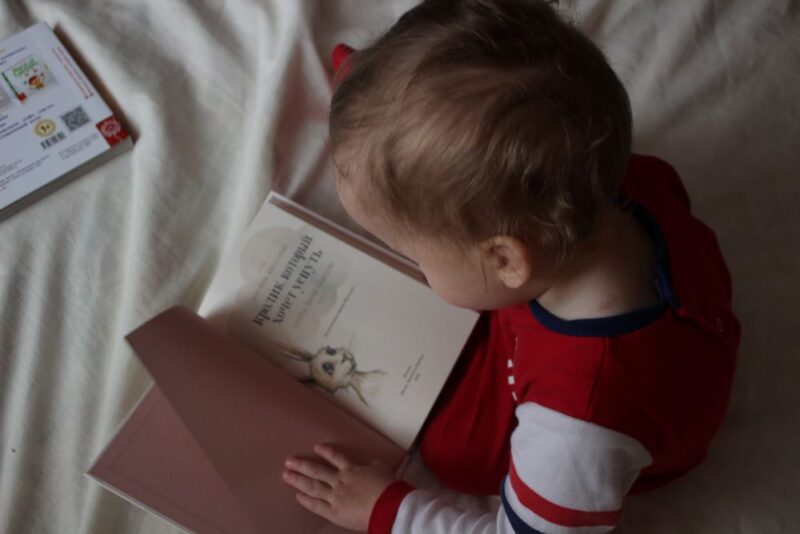
Whether you’re looking for a gift for a little one, or just something to make bedtime run a bit more smoothly, here are some of…
The post The best toddler books for little bookworms appeared first on The Daily Struggle.
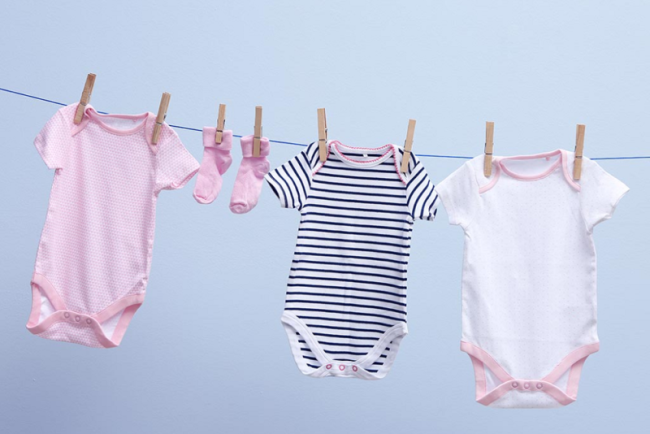
Newborn essentials checklist: what you actually need for your first baby
Let’s be honest, preparing for a baby can feel like wading through a mountain of “must-haves.” But what do you really need? We’ve created a… The post Newborn essentials checklist: what you actually need for your first baby appeared first on The Daily Struggle.
Family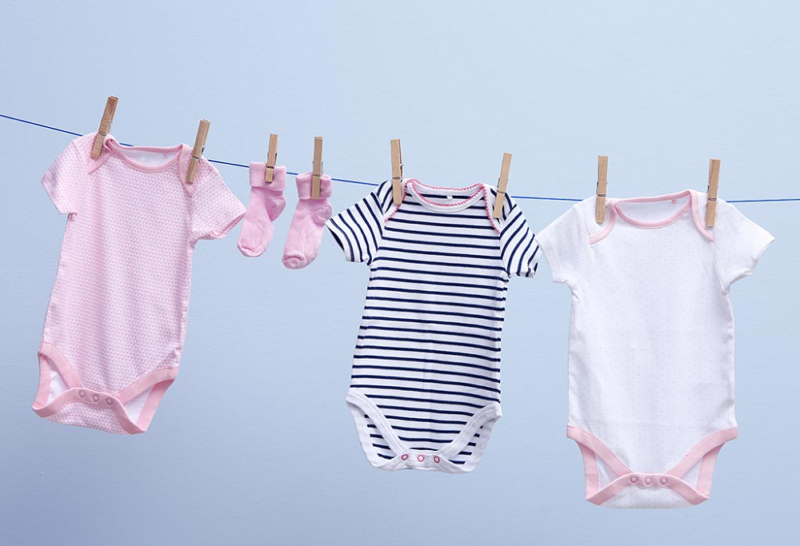
Let’s be honest, preparing for a baby can feel like wading through a mountain of “must-haves.” But what do you really need? We’ve created a…
The post Newborn essentials checklist: what you actually need for your first baby appeared first on The Daily Struggle.
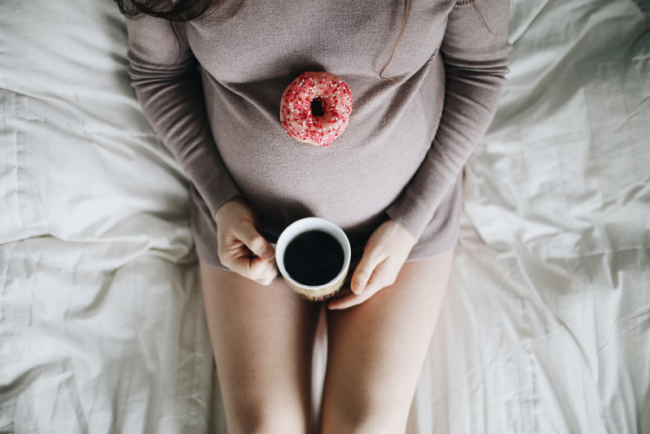
Finding Comfort in Pregnancy: My Must Have Self-care Products
Let’s be real, the first trimester is… intense. From the moment that little line appeared on the test, my body began a whirlwind of changes.… The post Finding Comfort in Pregnancy: My Must Have Self-care Products appeared first on The Daily Struggle.
Family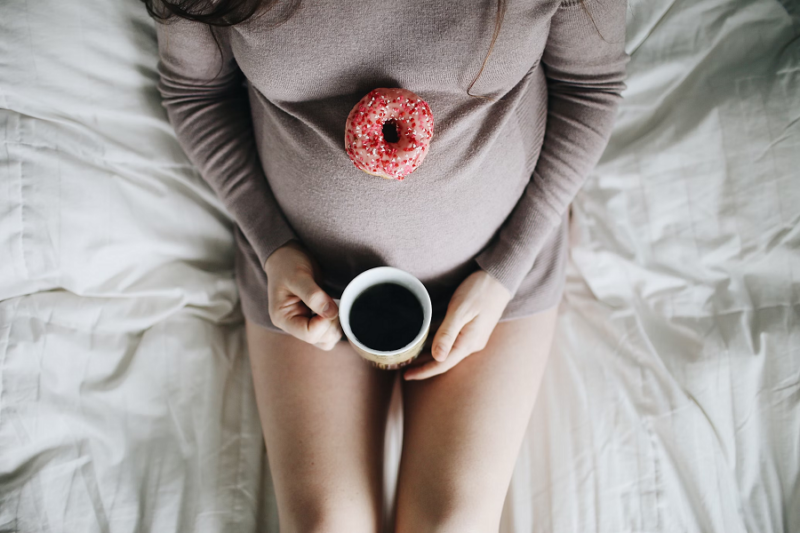
Let’s be real, the first trimester is… intense. From the moment that little line appeared on the test, my body began a whirlwind of changes.…
The post Finding Comfort in Pregnancy: My Must Have Self-care Products appeared first on The Daily Struggle.
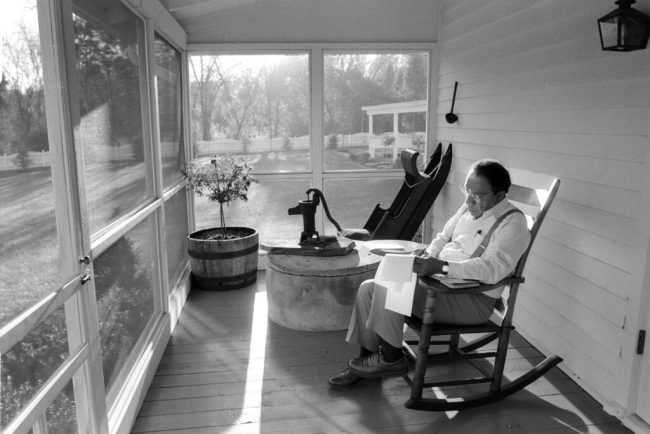
The Work of Evelyn Floret, a Master of Intimate Portraits
Evelyn Floret’s most outstanding trait as a photographer may well have been her ability to put her subjects at ease. She shot portraits for PEOPLE magazine from 1976 to ’96, and Floret says that the magazine often chose her for an assignment when they thought […]
PeopleEvelyn Floret’s most outstanding trait as a photographer may well have been her ability to put her subjects at ease. She shot portraits for PEOPLE magazine from 1976 to ’96, and Floret says that the magazine often chose her for an assignment when they thought the subject might need a photographer with a gentle touch. “I’m a sensitive person, I’m appreciative,” Floret says. “I’m not critical. I have a positive outlook and an appreciation for people, and that would translate into how I would behave on an assignment.”
Indeed, Floret’s subjects look like they are posing before someone who they believe appreciates them and will take care of them.
Floret may have been able to connect with her subjects, most of whom are creative types, because she is an artist herself. In addition to being a photographer, she practices other visual arts, most notably sculpture. She says her interest in sculpture was an outgrowth of her portrait photography .
And Floret came to photography with a rich life experience. She was born in Paris in 1936, and four years later she and her parents had to flee that city when Germany invaded France. After moving from town to town for a year, she and her family sailed from Portugal to the United States, settling in St. Louis in 1941. Her nationality remained in important part of her identity. During World War II her family would host weekly brunches for French soldiers stationed at nearby Scott Air Force Base, where radio operators and technicians were trained. After Floret graduated college, her first professional work was teaching French. It tells you much about her convivial personality that, all these decades later, she is still in touch with some of her former students.
Floret, deciding she wanted an artistic life, later moved to New York. She briefly attempted to become an actress before finding her calling in photography. A couple LIFE photographers played key roles along the way. One of her formative experiences was taking a class at the New School with Phillipe Halsman. and it was John Dominis who helped pave her entry into the magazine world while he was working at PEOPLE.
Soon she was shooting photos of all sorts of artists, from Lynda Carter to Margaret Atwood.
In more than a few of Floret’s photos, she had the stars pose with their pets. For example, actress Nancy Marchand, who at the time was on the television show Lou Grant and would go on to play Olivia Soprano in The Sopranos, held her dog up close to her face. “The animals brought the pictures to life because the people loved them so much,” Floret said. “That was the case with Nancy Marchand.”
Floret has been reflecting on her career lately because she is currently in the process of completing a book that compiles her favorite photographs from her years with the magazine. Looking at all the portraits she shot of such talented and accomplished people has filled her with appreciation and wonder.
“I just treasure the people that I photographed,” she says. “I am reliving the joy of the result of the experiences, and I feel appreciation for the generosity of the editors who gave the assignments, and the people who allowed me into their private lives to take these very personal photographs.”
Enjoy this selection of images from Floret that highight both the range of people she photographed and also the quality of her artistry.
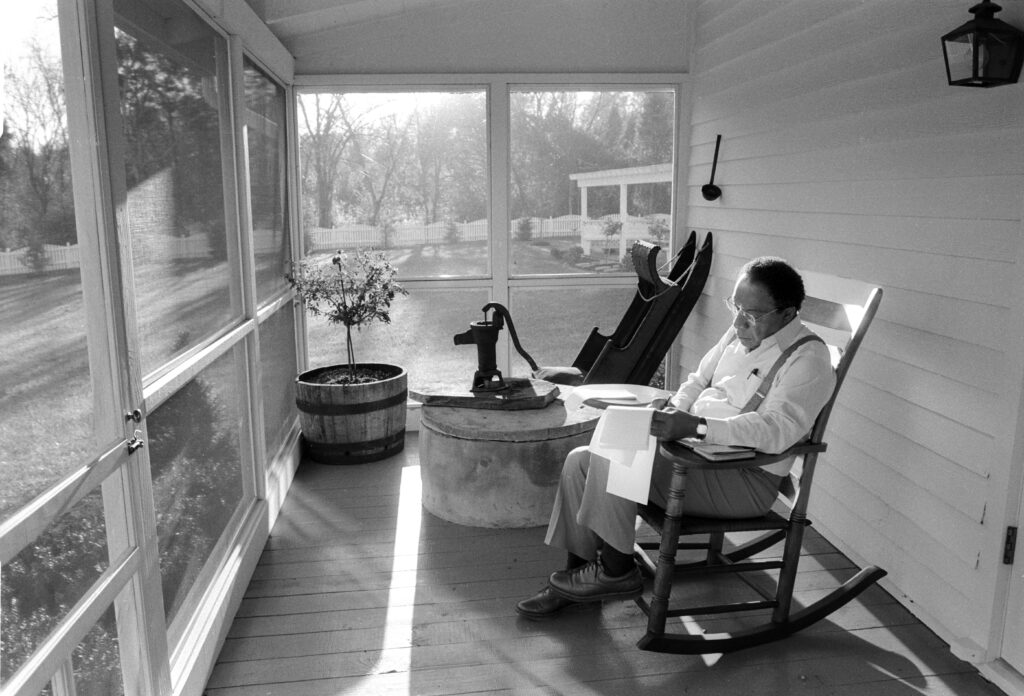
Author Alex Haley writing as he sits in rocking chair on porch of house on his farm. Floret described Haley as “a treasure’ and said that she loved his quote, “If i knew what success would bring, I would have been typing faster.”
Courtesy of Evelyn Floret
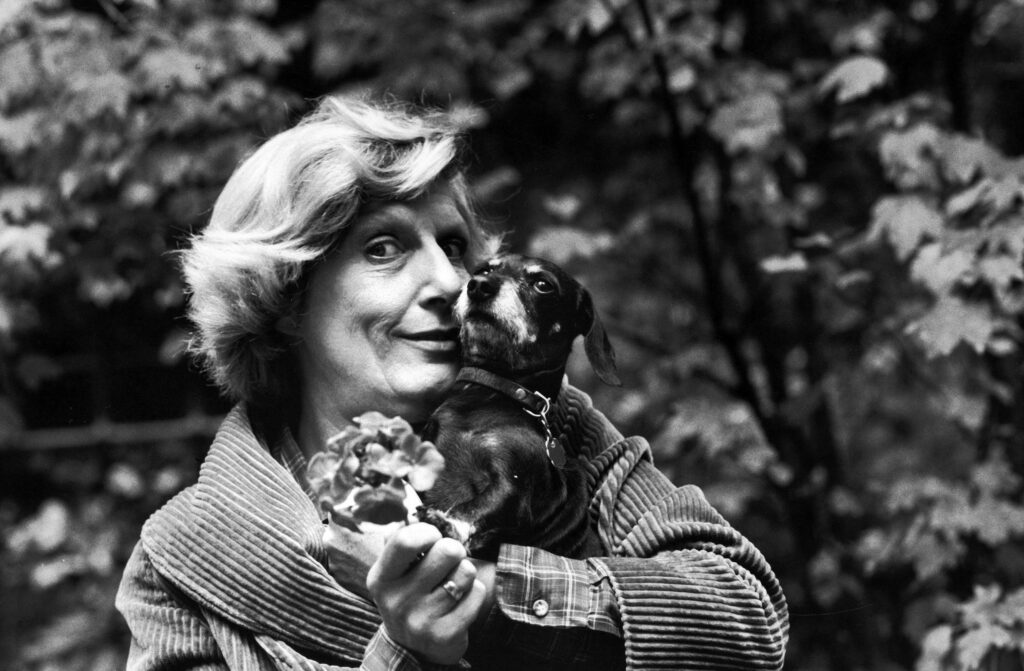
Actress Nancy Marchand with her dog in 1982, when she was a regular on the television show “Lou Grant.”
Courtesy of Evelyn Floret
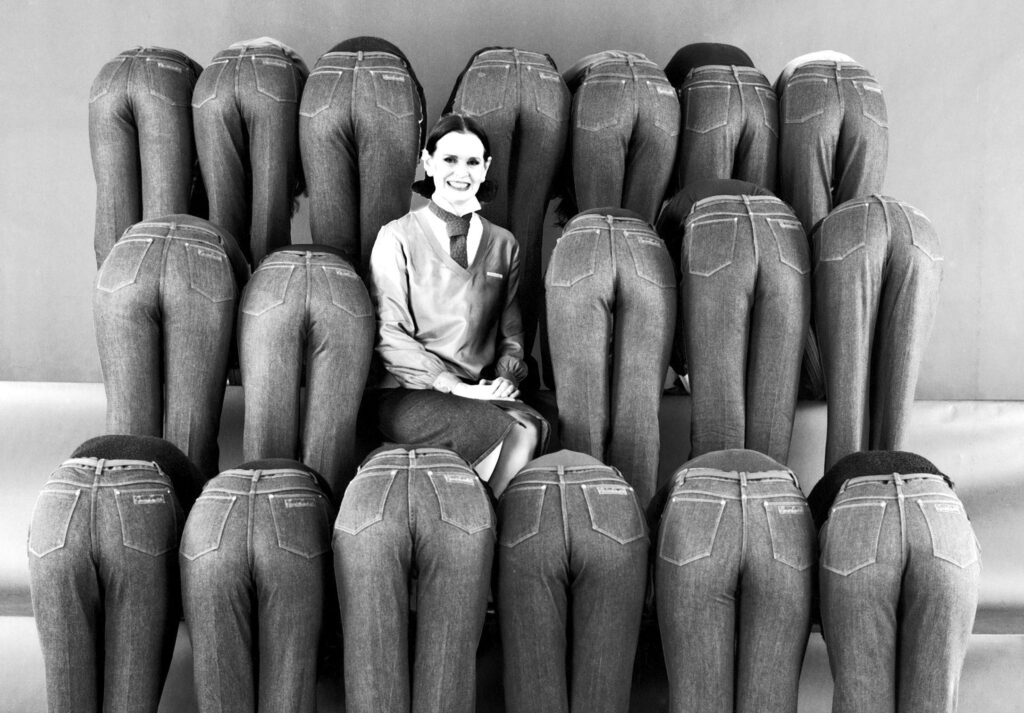
Gloria Vanderbilt in 1979. After trying shots with the models facing forward, photographer Evelyn Floret asked the models to turn around. “She was like a little flower with that pink satin blouse in the center of it all,” Floret said. “I knew i had the picture when i saw that.”
Courtesy of Evelyn Floret
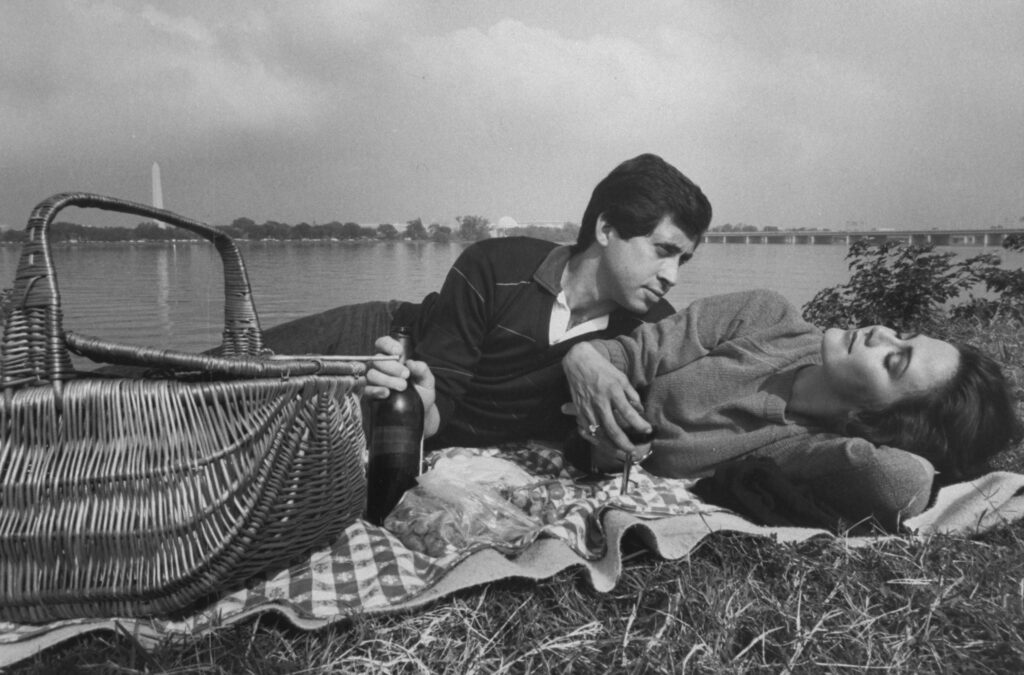
Lynda Carter of Wonder Woman fame and Robert Altman enjoyed a picnic on the banks of the Potomac in 1983. They married in 1984, and remained together until his death in 2021. Floret says, “They were very much in love. It was a joy to be around them.”
Courtesy of Evelyn Floret
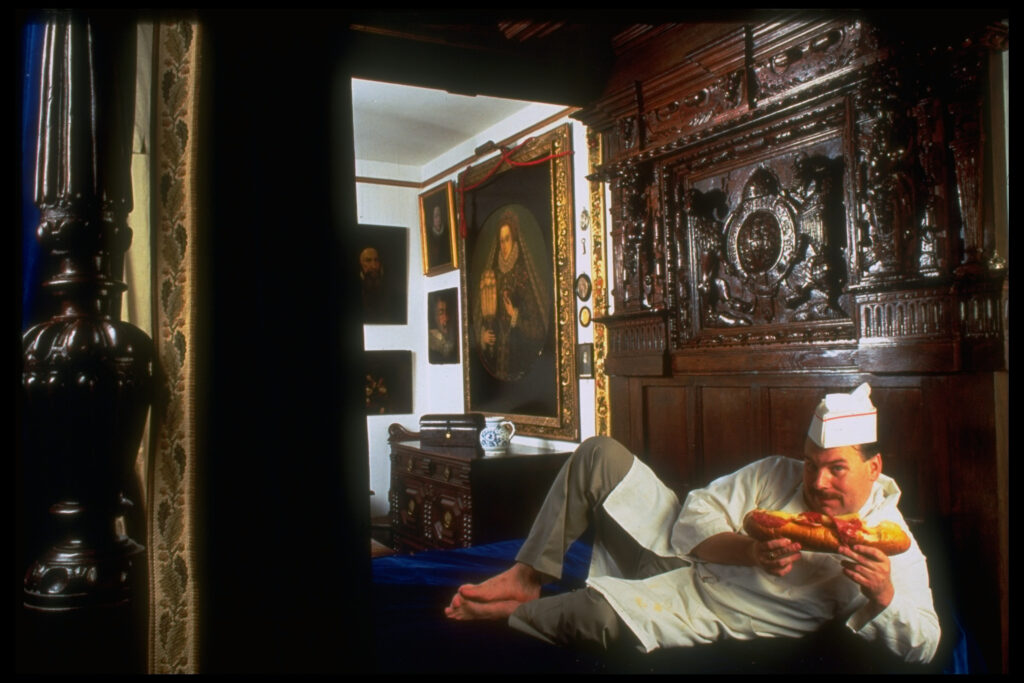
For a story on George Way, an expert antiques collector who also worked at a deli counter, Floret photographed him in the bed in which he sleeps, an Elizabeth I from 1571. At the time of the shoot, in 1991, the bed was valued at $400,000.
Courtesy of Evelyn Floret
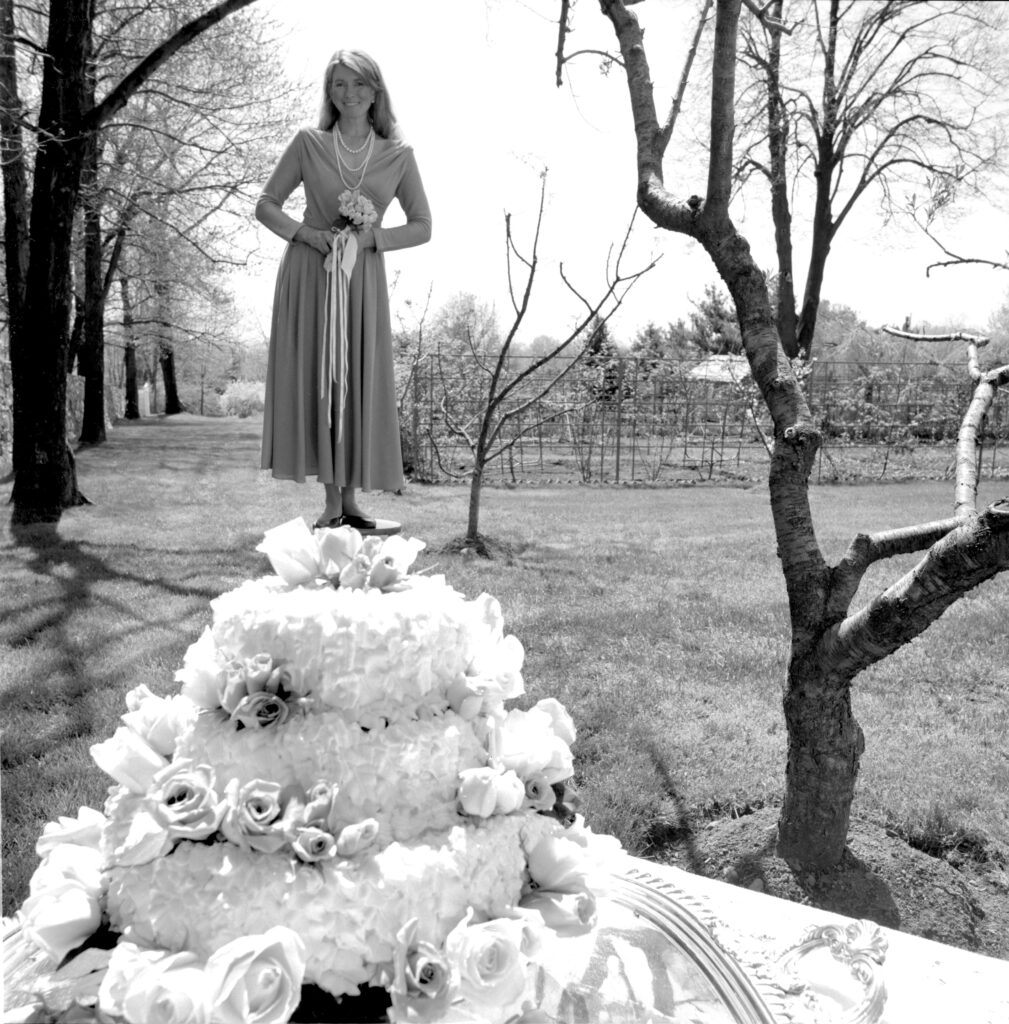
Martha Stewart posed outside of her Connecticut home in 1987, when she had just come out with a book on wedding cakes.
Courtesy of Evelyn Floret
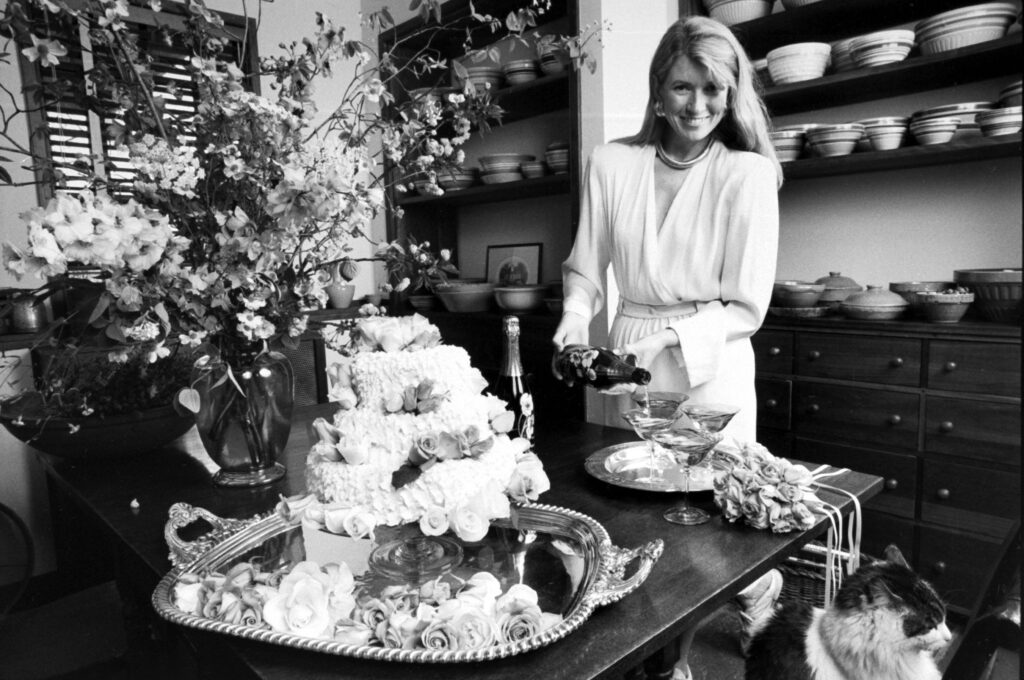
Martha Stewart in 1987. Floret described Stewart as “delightful, compassionate, appreciative, kind, soft-spoken, and humble.”
Courtesy of Evelyn Floret
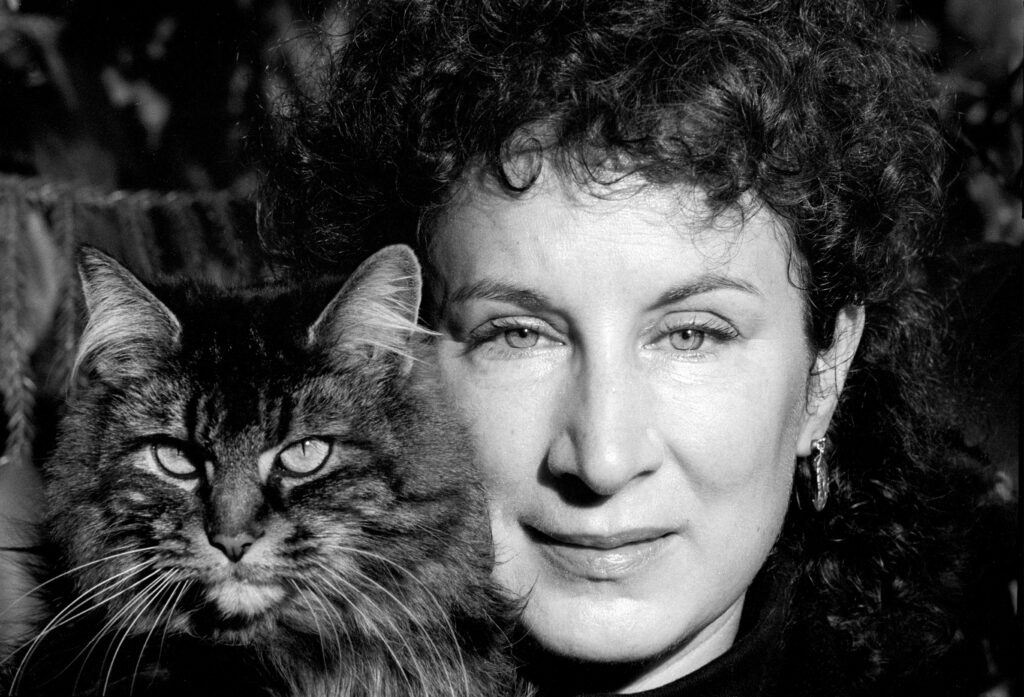
Author Margaret Atwood in her Toronto home with her cat Fluffy, 1989. “She was dazzling to me,” Floret said. “But I never felt intimidated by anyone I photographed. I just had this desire to do the best I could by them.”
Courtesy of Evelyn Floret
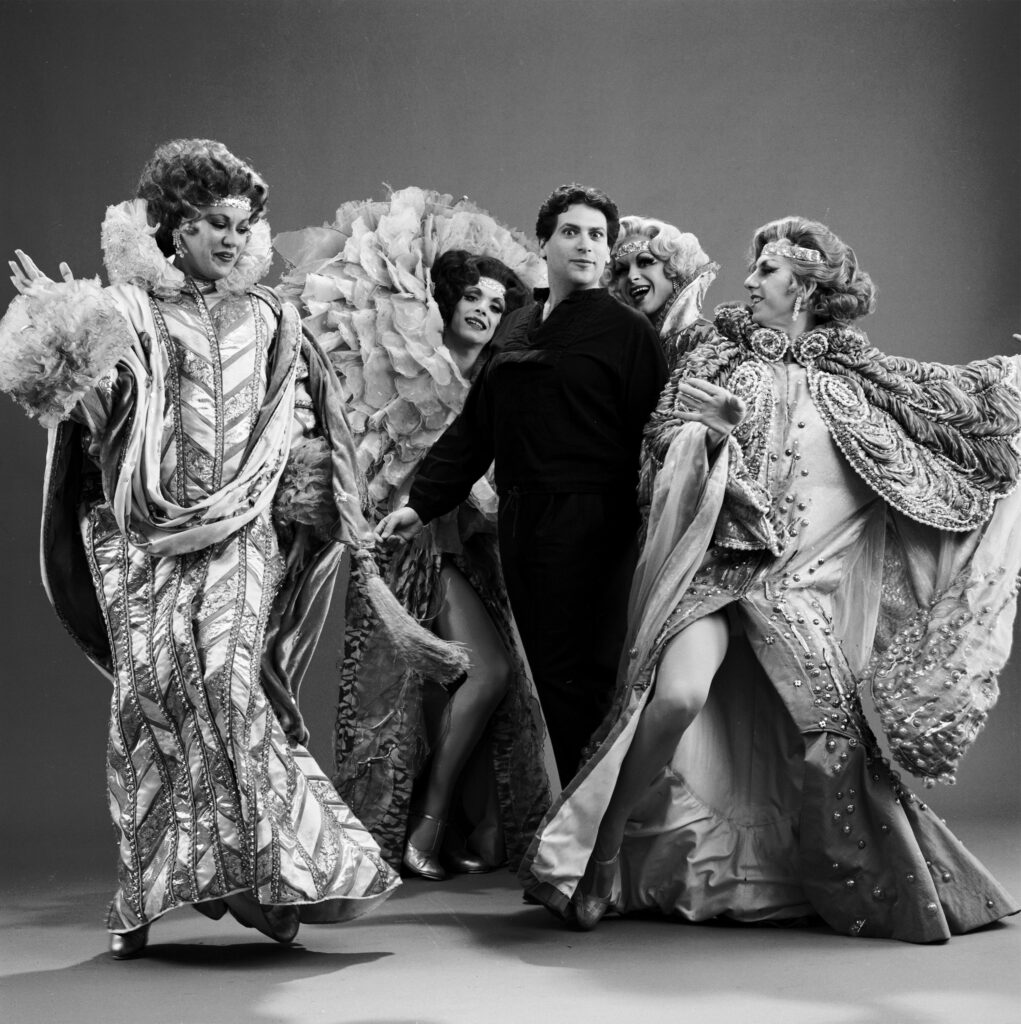
Harvey Fierstein with cast members of La Cage aux Folles, a show that he wrote, in 1984. He brought cast members to a studio at 18th and Broadway to be photographed. “That’s an example of the effort people made to give me a great photo,” Floret said.
Courtesy of Evelyn Floret
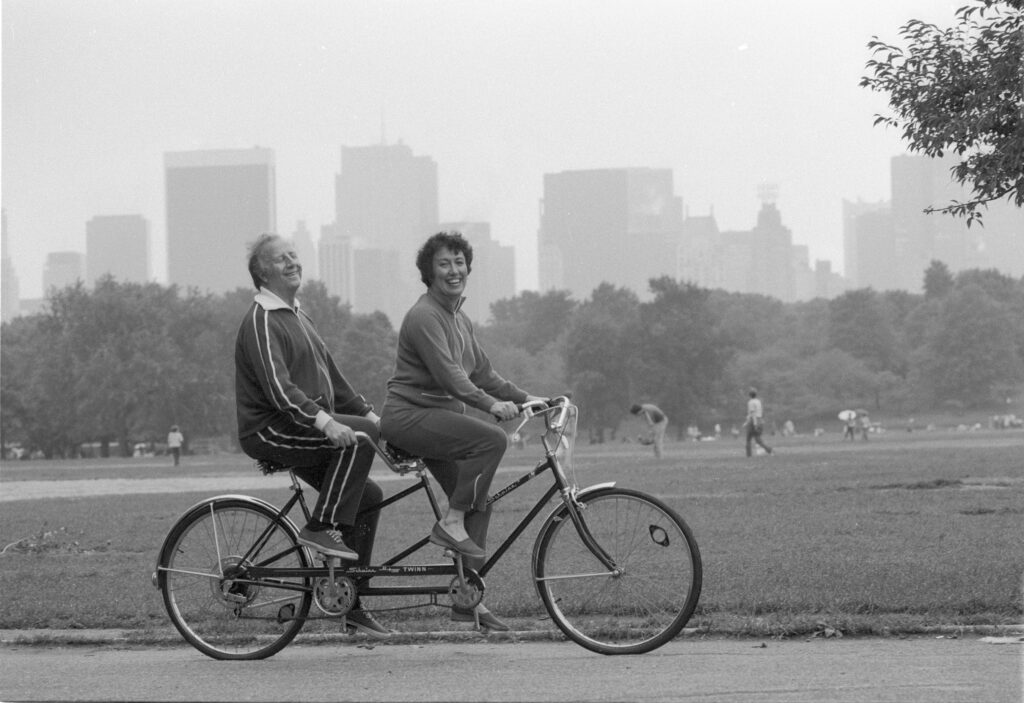
George Shearing, the blind jazz pianist, rode with his wife Ellie in Central Park, 1979. After the photo shoot Shearing sent Floret a thank you note written in Braille.
Courtesy of Evelyn Floret
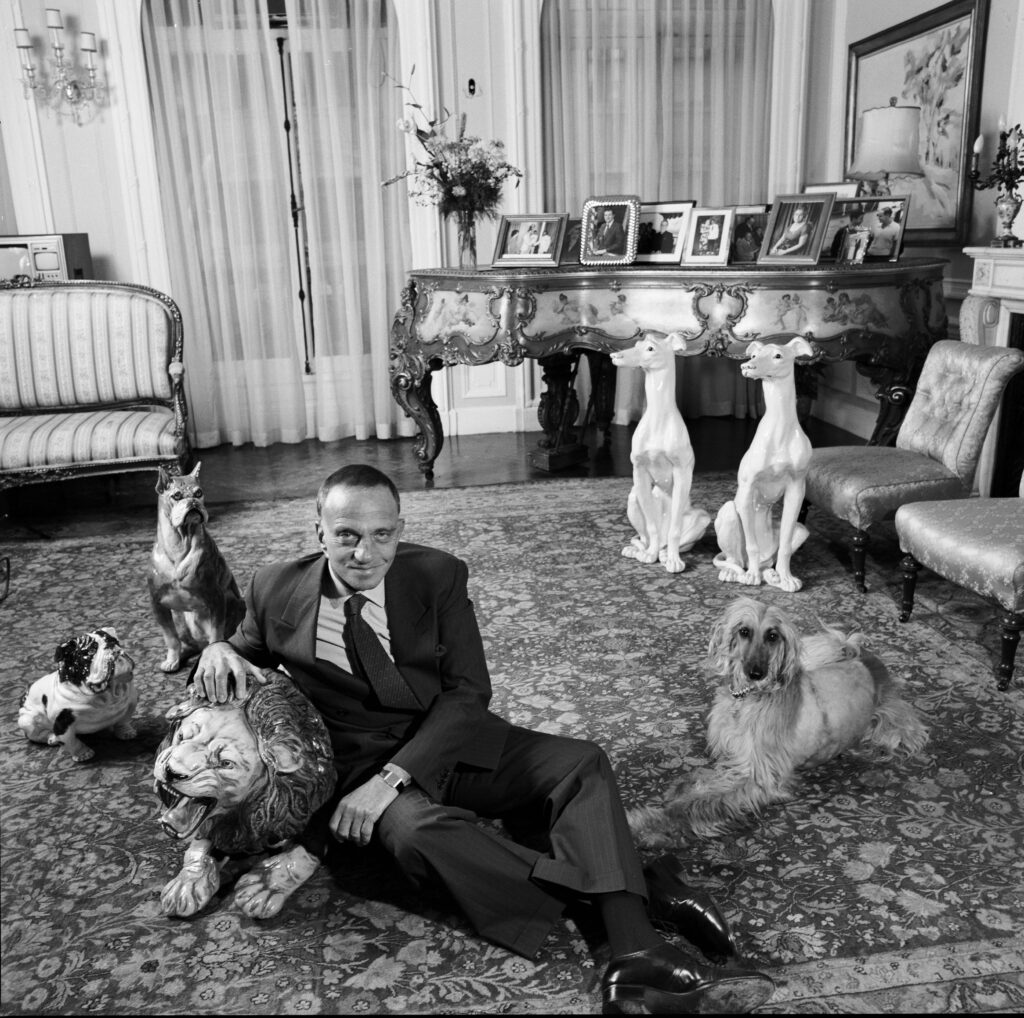
Attorney Roy Cohn, 1984. For Evelyn Floret this was the rare case of her photographing an individual with a notorious reputation, and that influenced the resulting photo. “Having him in that setting seemed appropriate,” she said. “It was just like a mixed message. You could draw your own conclusions. Live animal and stuffed animal, animal that was made out of china.”
Courtesy of Evelyn Floret
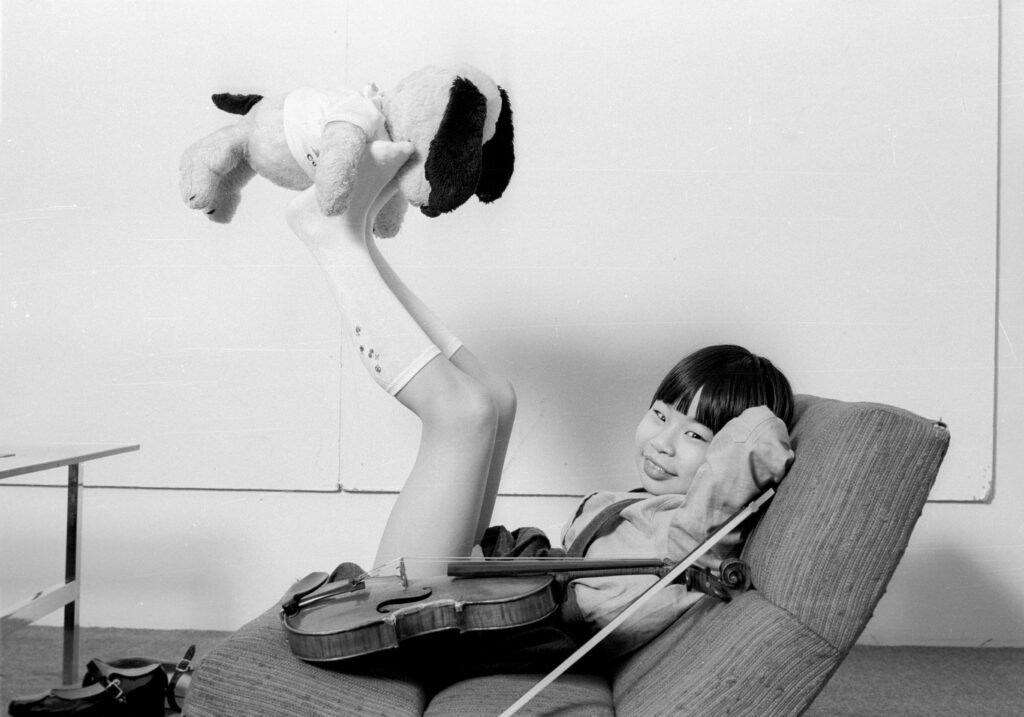
Midori in 1981, at age 11. Later that year, at a New Year’s Eve concert, she would perform a solo with the New York Philharmonic. She went on to become a great performer and advocate for music education.
Courtesy of Evelyn Floret
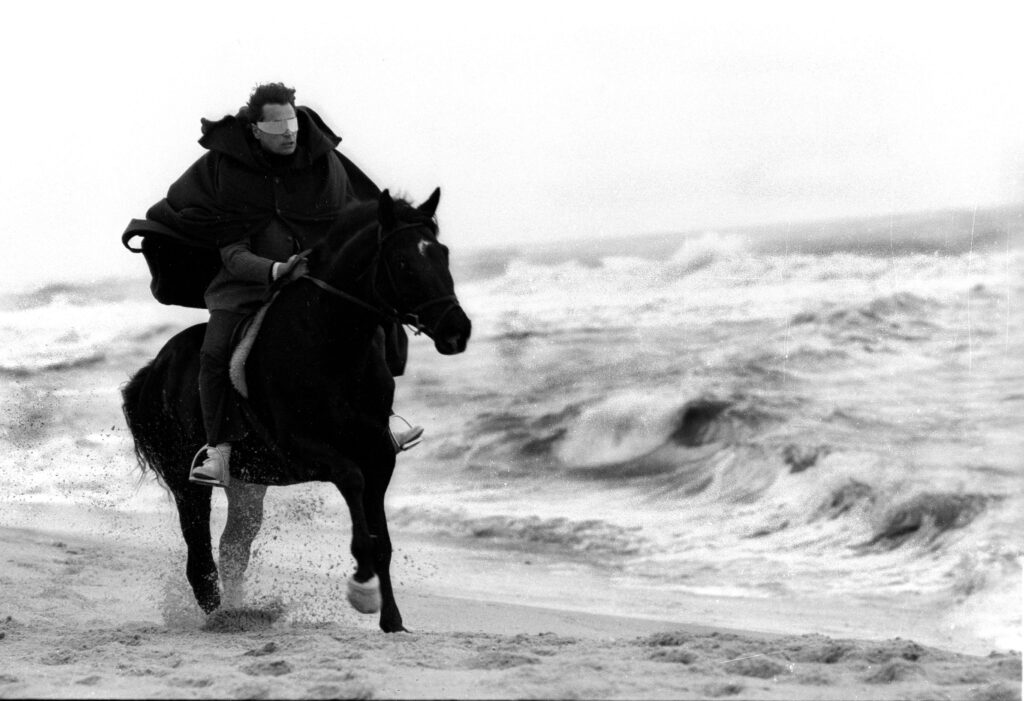
Hugues de Montalembert was a painter who lost his sight after being attacked during a burglary in his New York apartment. He then turned to writing. Floret captured his spirit by photographing him riding a horse on a Long Island beach. Another horseman rode just out of view to guide De Montalambert along. Floret says, “I was nearly in tears while capturing this photo.”
Courtesy of Evelyn Floret
The post The Work of Evelyn Floret, a Master of Intimate Portraits appeared first on LIFE.
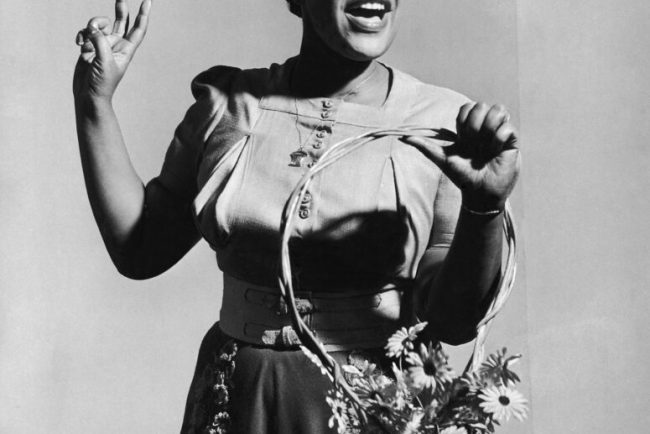
Ella Fitzgerald: The First Lady of Song
Ella Fitzgerald has been described as “perhaps the quintessential jazz singer.” This live performance of “Let’s Do It (Let’s Fall In Love)” is one of the countless examples of Ella Fitzgerald thrilling an audience with her talents. In 1955 LIFE’s Eliot Elisofon photographed Fitzgerald for […]
PeopleElla Fitzgerald has been described as “perhaps the quintessential jazz singer.” This live performance of “Let’s Do It (Let’s Fall In Love)” is one of the countless examples of Ella Fitzgerald thrilling an audience with her talents.
In 1955 LIFE’s Eliot Elisofon photographed Fitzgerald for a story on the top jazz stars of the day, and she was the only woman included in the group. LIFE wrote of her, “Ella Fitzgerald, who sings love ballads daintily, can roar on like a trombone through a jazz classic. Her most famous number is “A-Tisket, A-Tasket,” but it is her many hotter songs that keep her the first lady of jazz year after year.”
In 1958 LIFE staff photographer Yale Joel took his turn shooting Fitzgerald. He caught her performing at Mister Kelly’s, a renowned jazz club in Chicago. The photo places the viewer in a front row seat. Fitzgerald, elegantly dressed, sings with her eyes closed and hand to heart on a low stage that has her nearly at level with the audience. That photo is one of the most popular images in LIFE’s print store, which is a tribute to both Joel’s skill and Fitzgerald’s enduring popularity—several of her songs have more than 100 million plays on Spotify.
Included here are several other of Joel’s shots from Mister Kelly’s, and also other instances in which LIFE’s photographers documented this great artist.
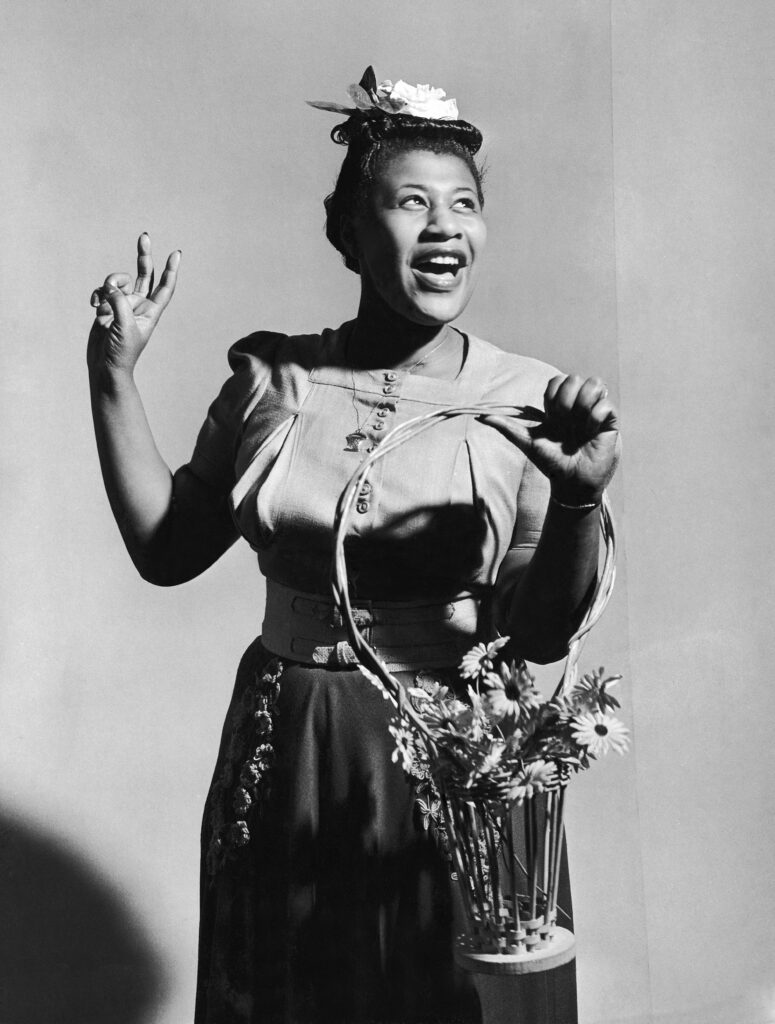
Singer Ella Fitzgerald holding a basket of flowers as she sings A-Tisket, A-Tasket in front of backdrop, 1946.
Eliot Eilsofon/Life Picture Collection/Shutterstock
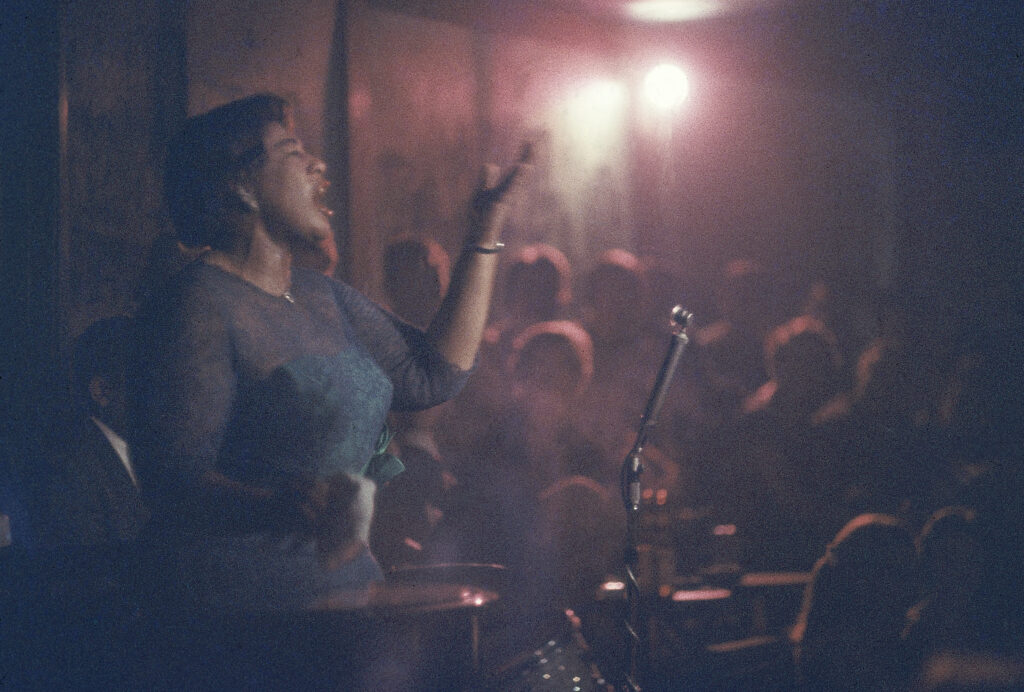
Jazz singer Ella Fitzgerald performed at Mister Kelly’s nightclub in Chicago, 1958.
Yale Joel/Life PIcture Collection/Shutterstock
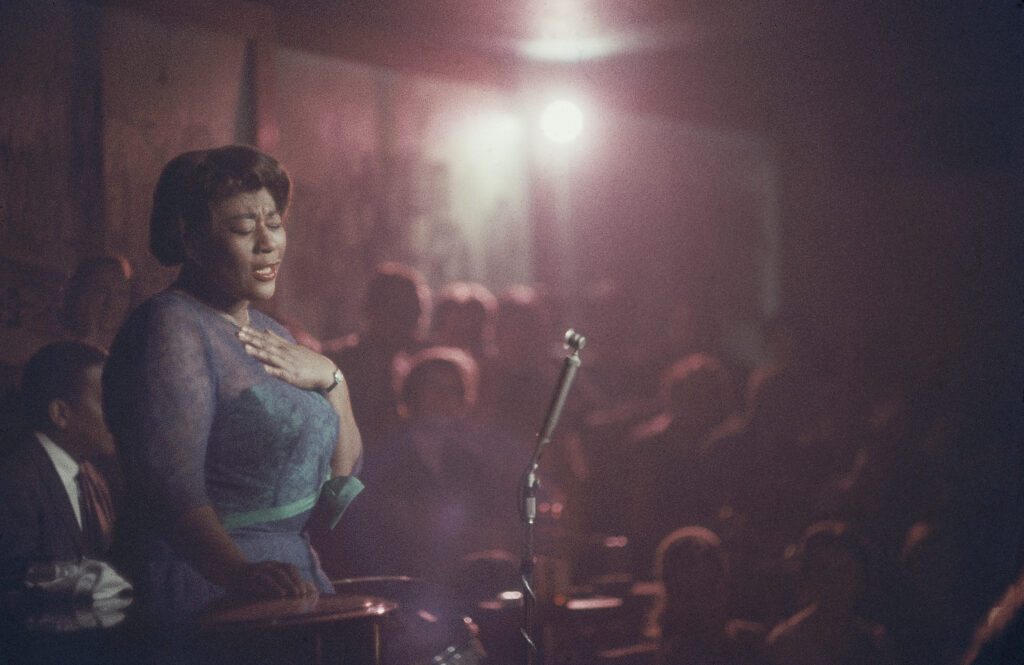
Bathed in red light, American jazz singer Ella Fitzgerald performed her eyes closed, at Mister Kelly’s nightclub, Chicago, 1958.
Yale Joel/Life PIcture Collection/Shutterstock
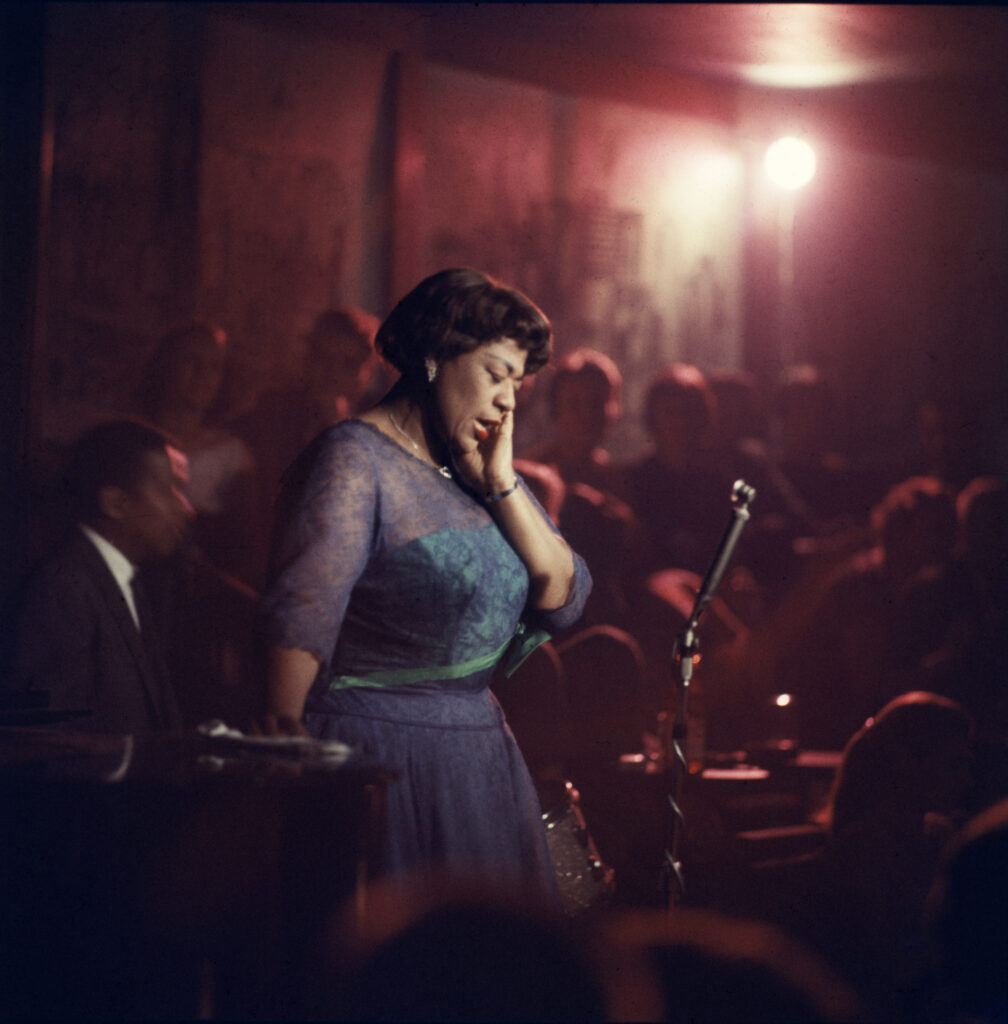
Ella Fitzgerald performed at Mister Kelly’s nightclub in Chicago, 1958.
Yale Joel/Life Picture Collection/Shutterstock
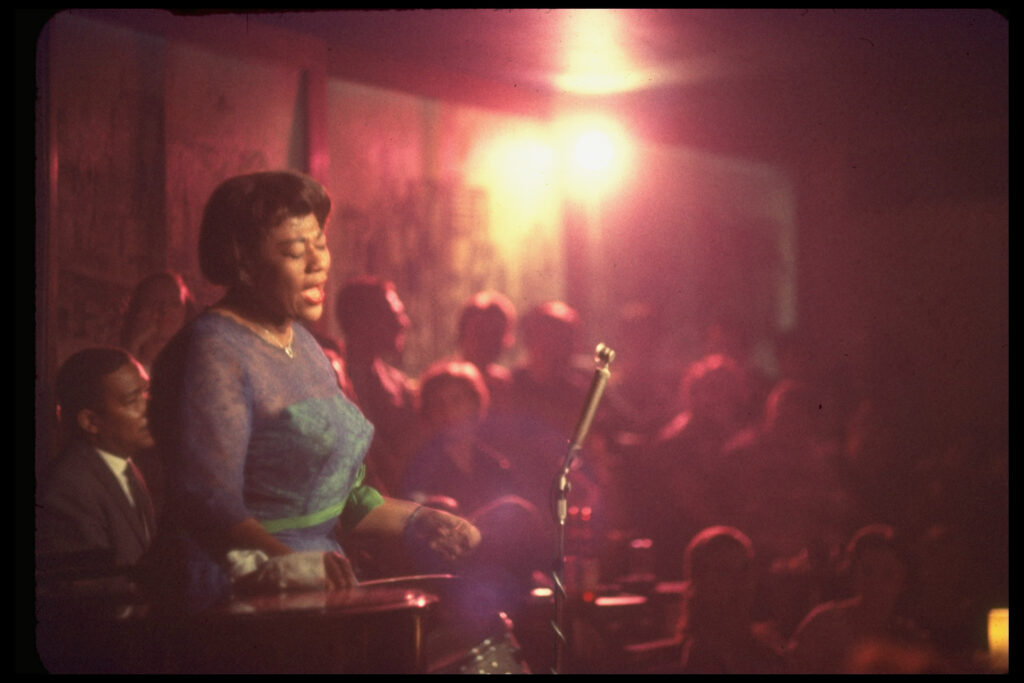
Ella Fitzgerald performing at Mister Kelly’s nightclub in Chicago, 1958.
Yale Joel/Life Picture Collection/Shutterstock
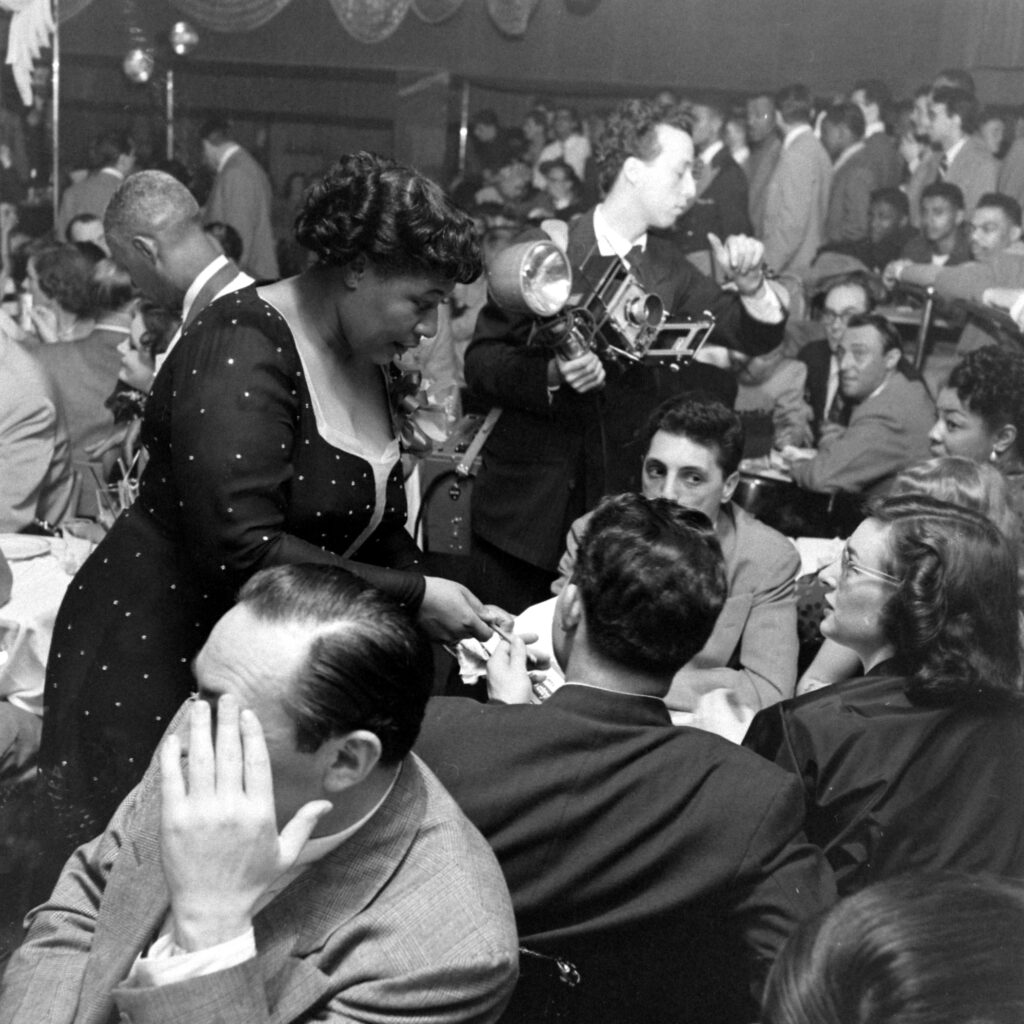
Ella Fitzgerald mingled with people who had come to hear her perform at the opening night of the Bop City nightclub in New York City, April 1949.
.Martha Holmes/Life Picture Collection/Shutterstock
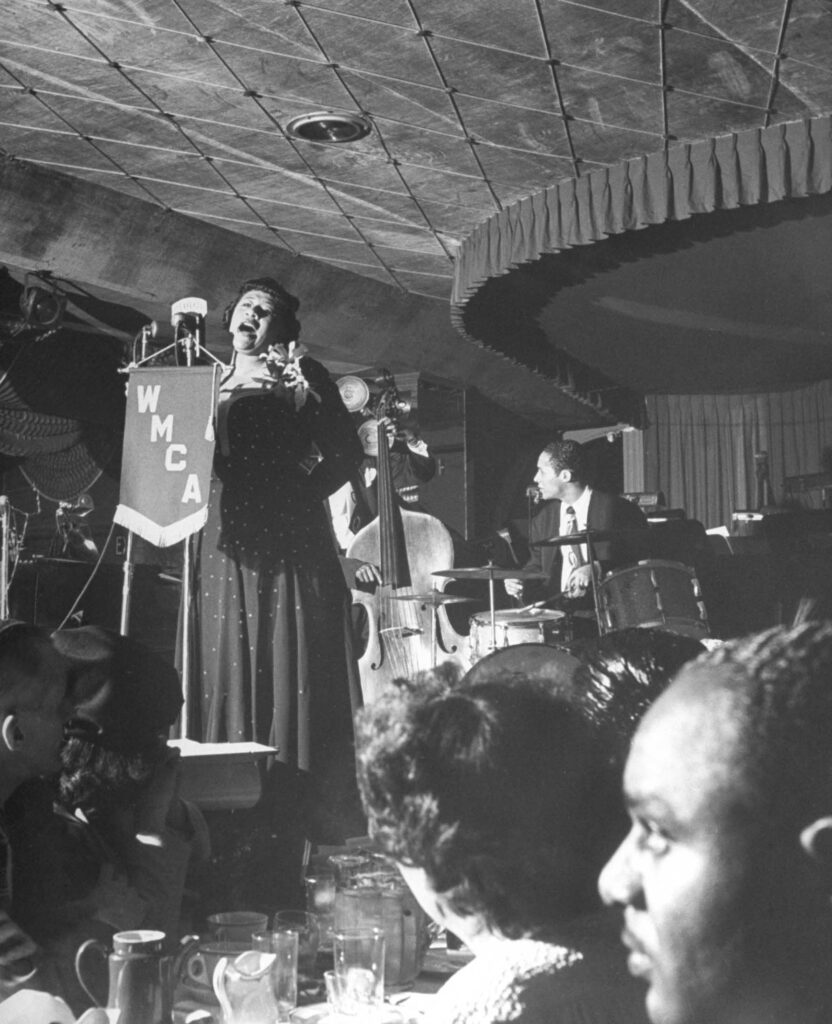
Songbird Ella Fitzgerald sang at opening at the Bop City nightclub in New York City, 1949.
Martha Holmes/Life Picture Collection/Shutterstock
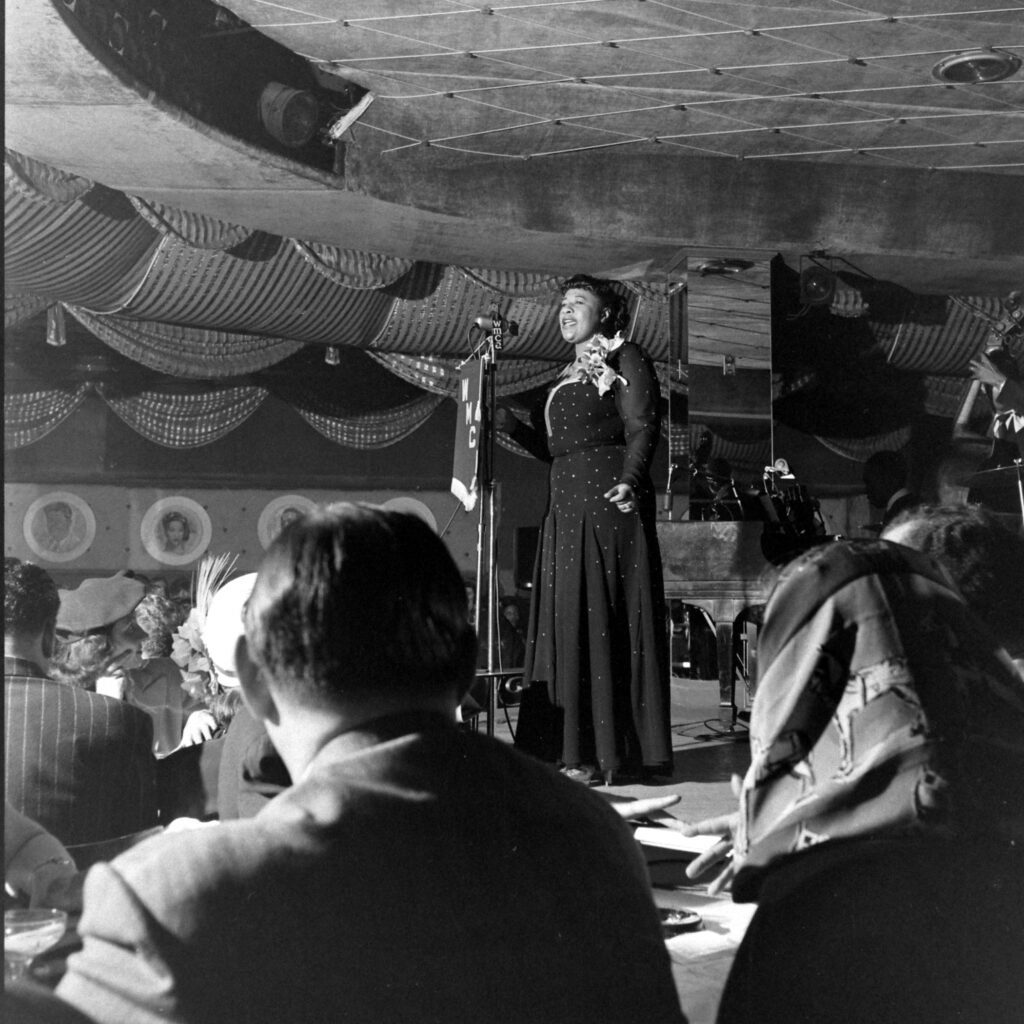
Ella Fitzgerald sang during opening night of Bop City nightclub in New York City, April 1949.
Martha Holmes/Life Picture Collection/Shutterstock
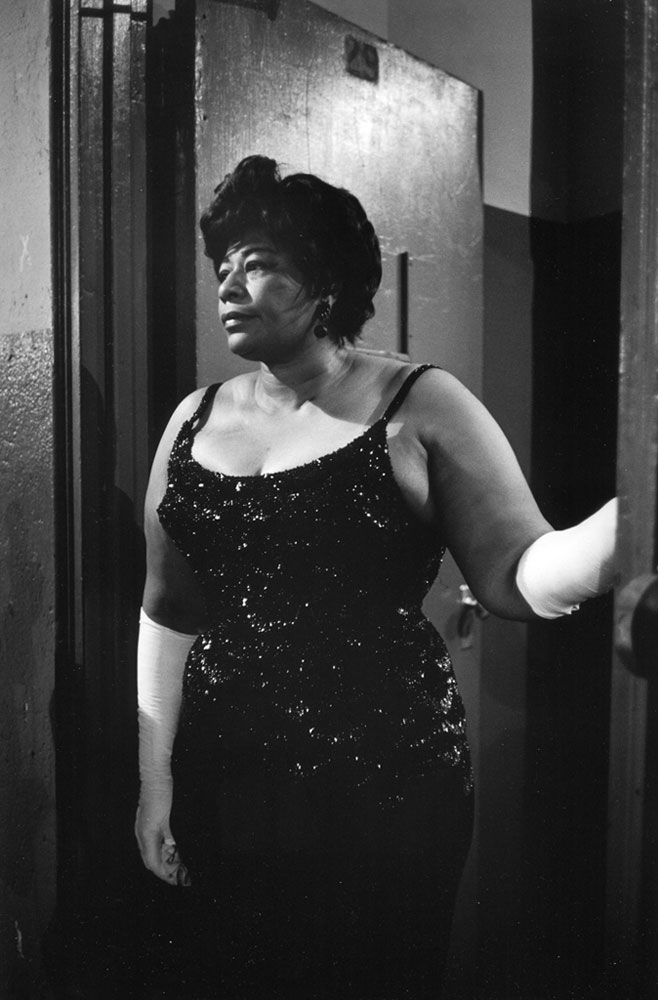
Ella Fitzgerald at the old Madison Square Garden in New York on the night Marilyn sang to John F. Kennedy, May 1962.
Bill Ray/Life Picture Collection/Shutterstock
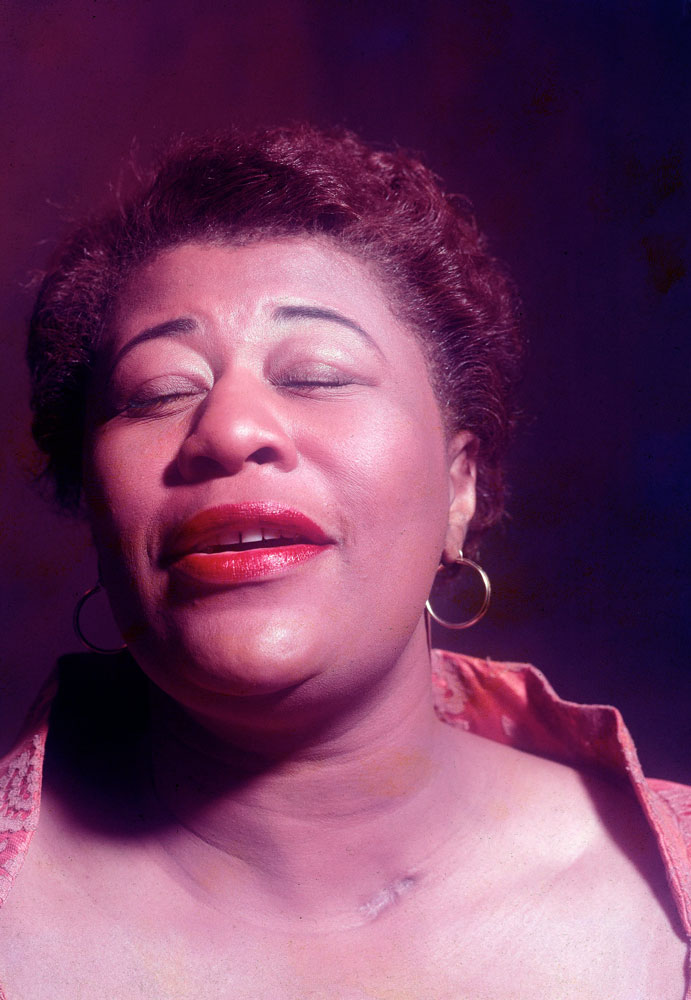
Ella Fitzgerald, the Queen of Jazz, 1954.
Eliot Elisofon/Life Pictures/Shutterstock
The post Ella Fitzgerald: The First Lady of Song appeared first on LIFE.
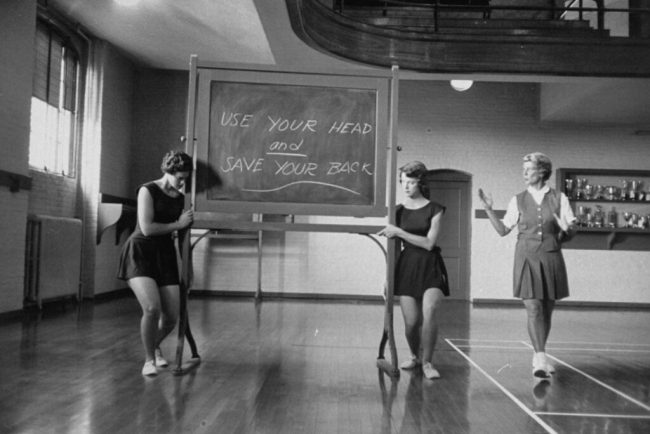
The Strangest College Class Ever
Picking out the oddest offerings from the wide world of academia has become something of a modern pastime. Lists of such courses abound online, including this one from U.S. News and World Report that includes such headscratchers as “Paintball Kinesiology” and “DJing and Turntablism.” I […]
LifestylePicking out the oddest offerings from the wide world of academia has become something of a modern pastime. Lists of such courses abound online, including this one from U.S. News and World Report that includes such headscratchers as “Paintball Kinesiology” and “DJing and Turntablism.”
I mean, what happened to studying Plato, right?
In 1958 LIFE magazine was early to the party with its story about a class being offered at Smith College, the highly respected all-female school in Northampton, Massachusetts. The headline: “College Class in Luggage Lifting.”
That headline, like many of today’s online lists, was meant to provoke a reaction. Smith College wasn’t exactly offering a full-blown course in the proper way to lift a bag, but luggage handling was a real addition of the college’s physical education curriculum.
The LIFE story explained why Smith was suddenly concerned about its students handling luggage the right way:
For years Smith’s physical education department has been teaching posture to its freshman. But when redcap porter service was cut back at the nearby railway stations, the college found that the girls were displaying un-Smithlike sags and sways as they struggled with their suitcases. To preserve both appearances and backs, the college added baggage handling to the course.
Perhaps the most interest aspect of this story, viewed all these years later, is the idea of what “un-Smithlike” behavior constituted in the 1950s. The course also created an irresistible photo opportunity that LIFE sent staff photographer Yale Joel to capitalize on. He took photos in both the gym class itself, and of students applying their knowledge in an out-of-use car of the Boston and Maine Railroad.
The conclusion of the LIFE story is very much of its time, which was a decade before the women’s liberation movement began to hit its stride. One freshman dismissed the need for a baggage-handling course by saying, “A girl who tries can almost always find some man to help her with her luggage.”
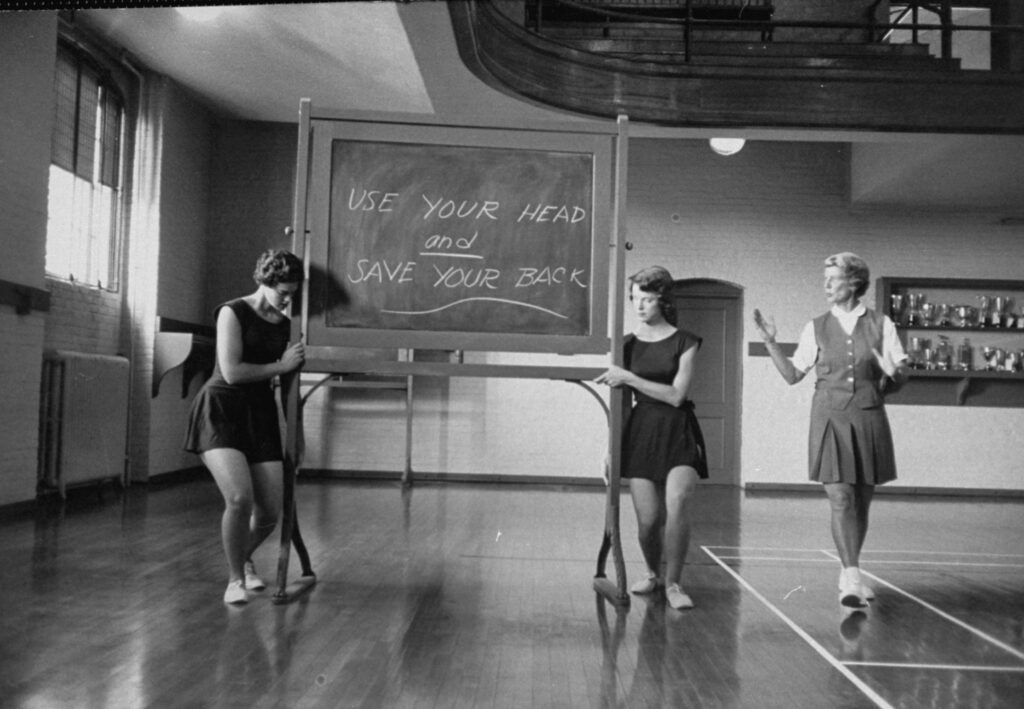
Assistant professor Anne Delano led a class on physical education that included instruction on handling luggage, with the motto “Use Your Head and Save Your Back” written out on a chalkboard, 1958.
Yale Joel/Life Picture Collection/Shutterstock
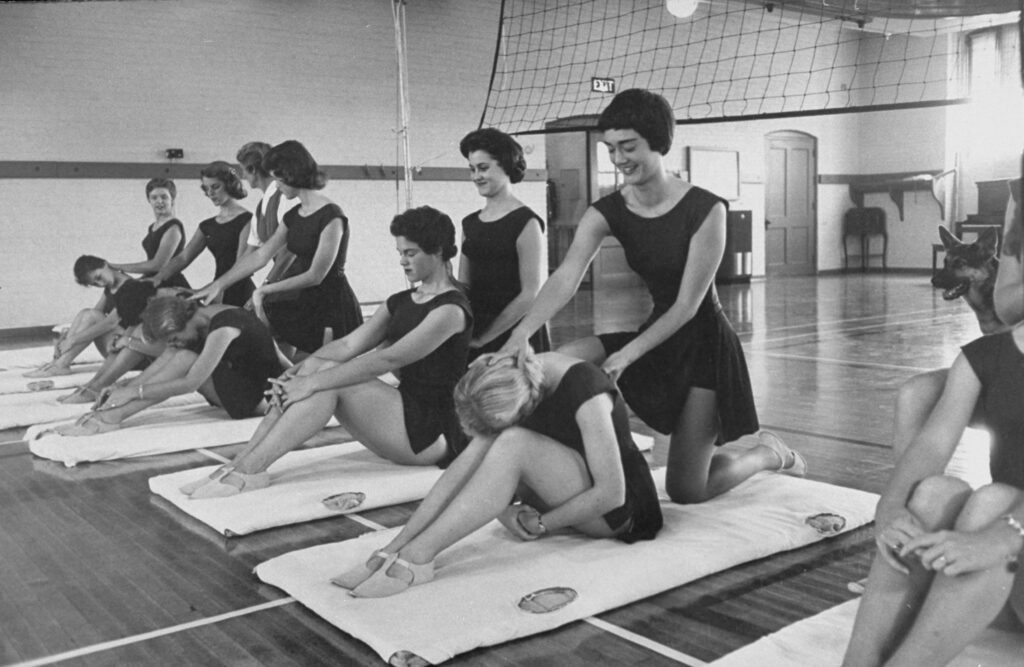
Improving back flexibility was part of the physical education program at Smith College designed to make students better able to handle their own luggage, 1958.
Yale Joel/Life Picture Collection/Shutterstock
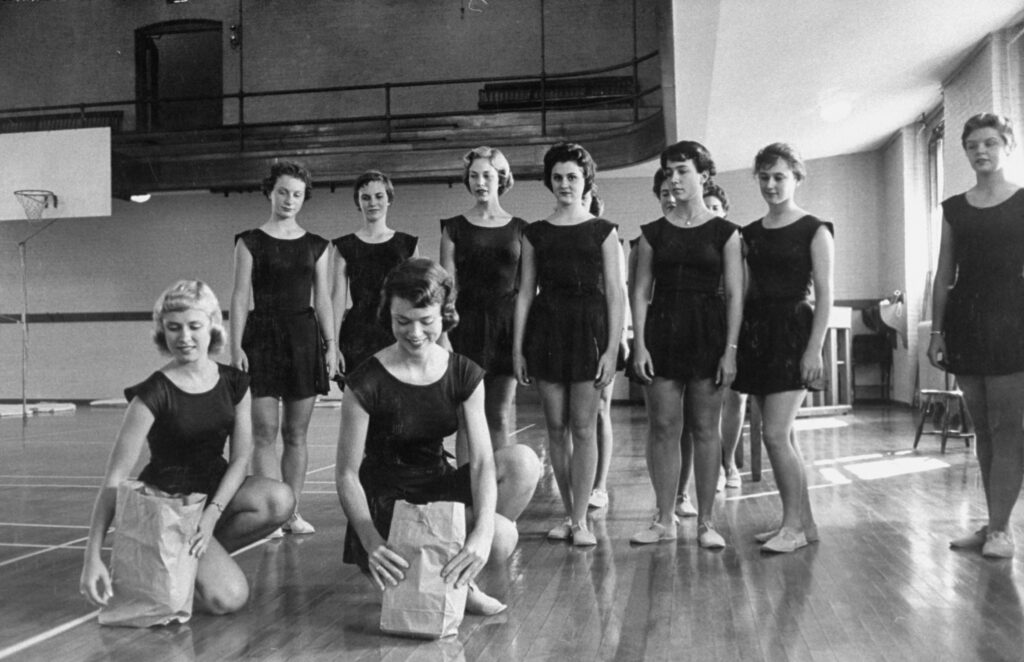
Smith College college practiced the proper method for lifting luggage with bags that contained 12-pound weights, 1958.
Yale Joel/Life Picture Collection/Shutterstock
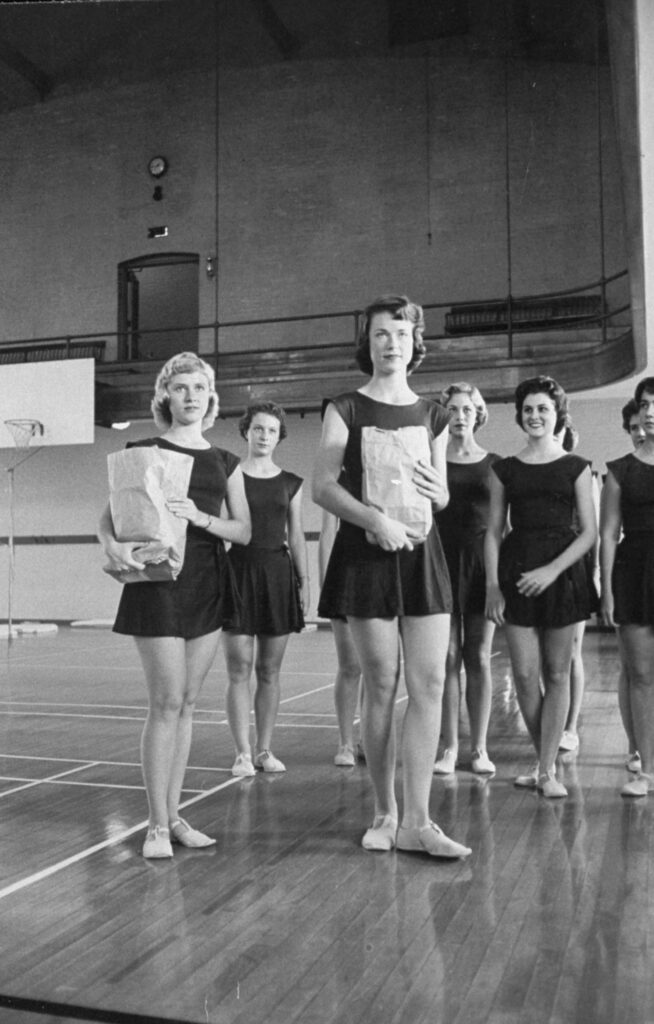
Smith College college practiced the proper method for lifting luggage with bags that contained 12-pound weights, 1958.
Yale Joel/Life Picture Collection/Shutterstock
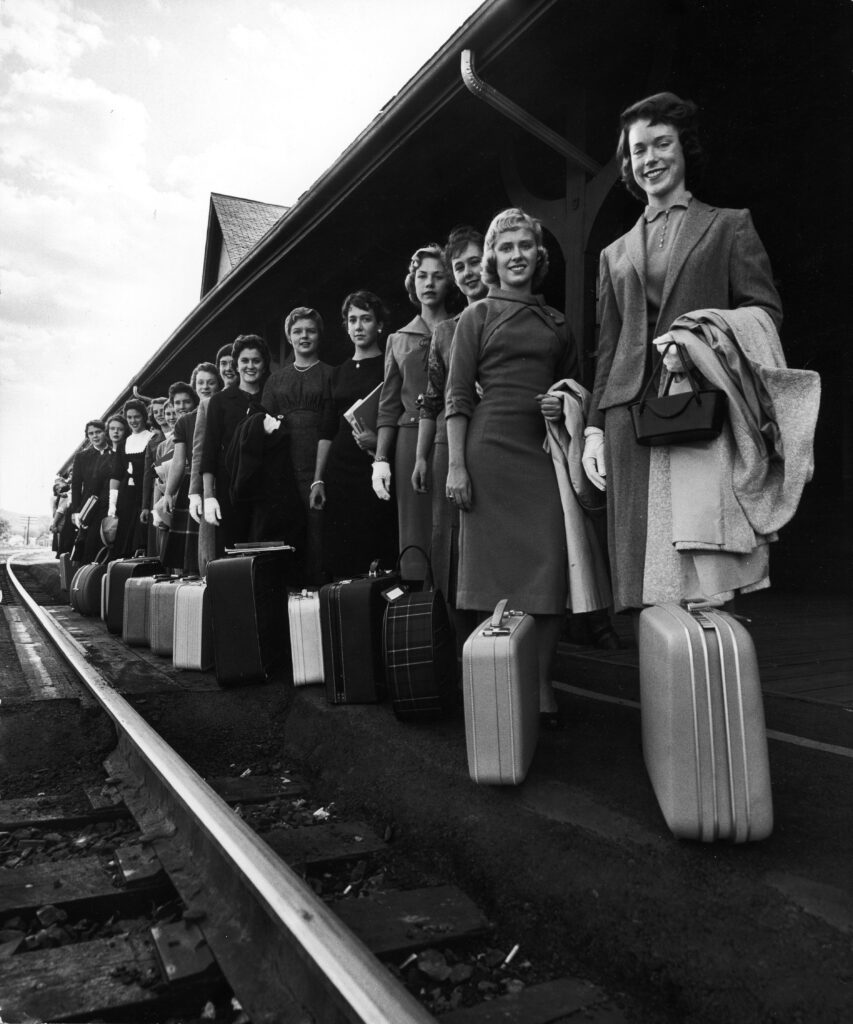
Smith College students posed for a photo for a story about them being taught the best way to handle a suitcase, 1958.
Yale Joel/Life Picture Collection/Shutterstock
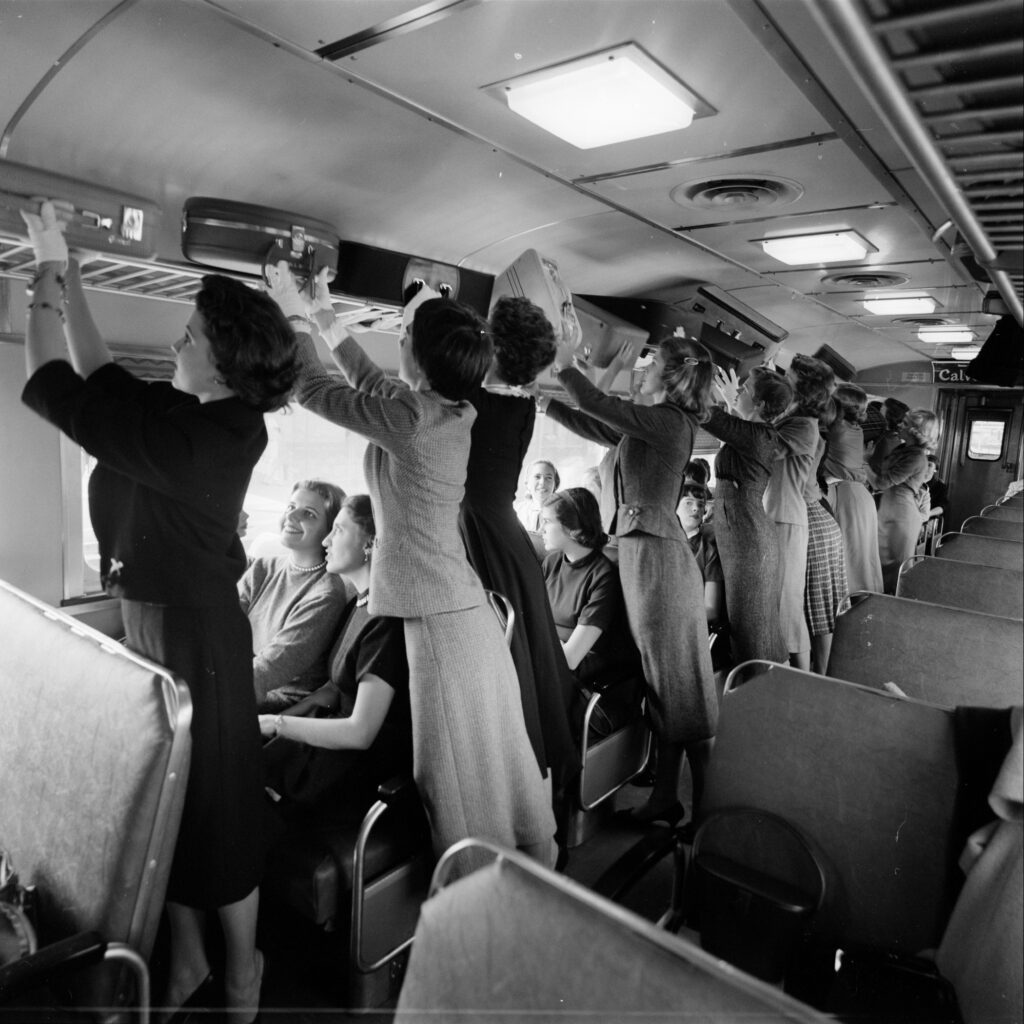
Undergraduates at Smith College practiced the proper method for handling luggage, a skill they were taught as part of the school’s physical education program, 1958.
Yale Joel/Life Picture Collection/Shutterstock
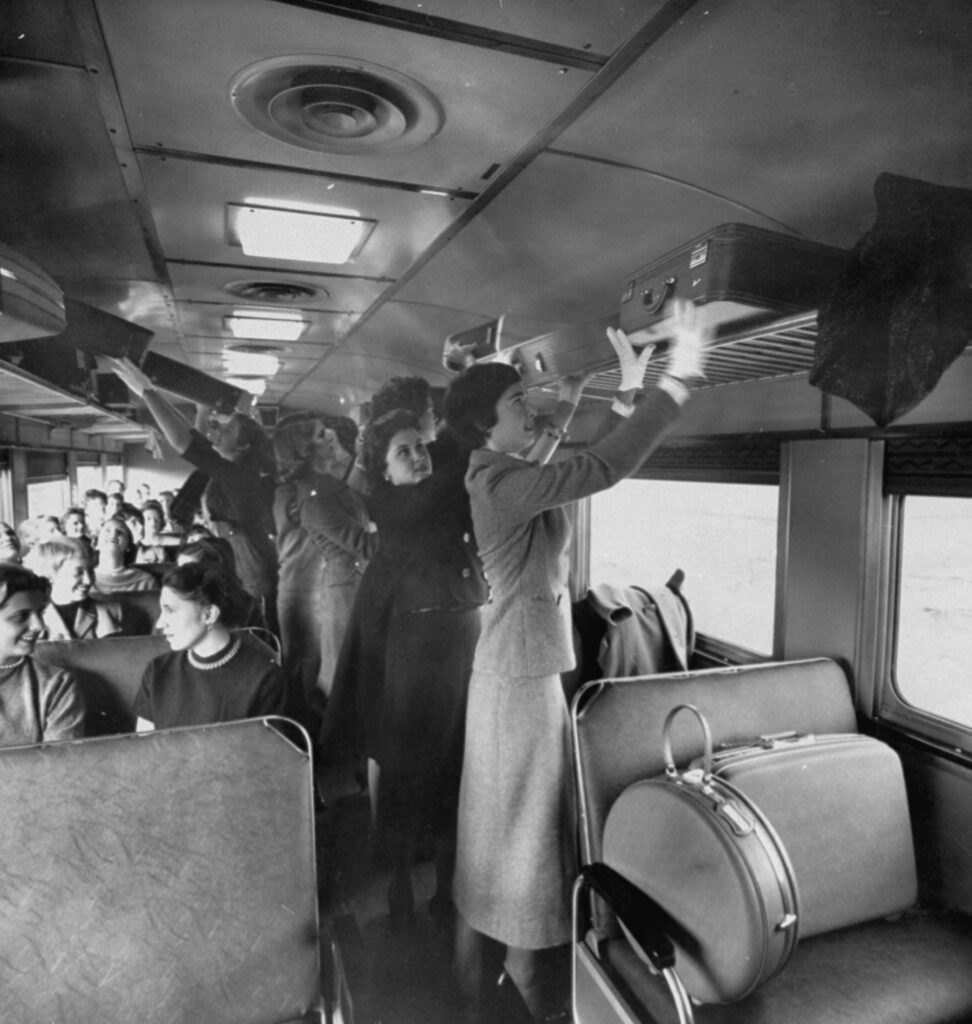
Smith College girls received instruction in the proper way to handle suitcases after redcap service was removed from local train stations, 1958.
Yale Joel/Life Picture Collection/Shutterstock
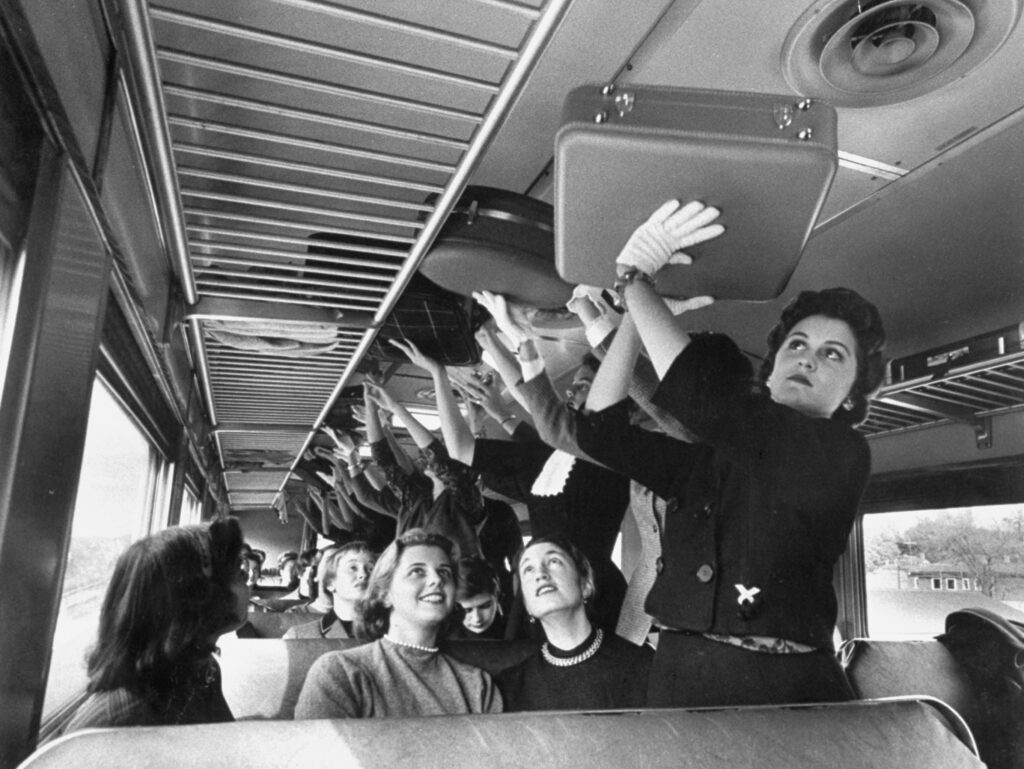
Smith College girls received instruction in the proper way to handle suitcases after redcap service was removed from local train stations, 1958.
Yale Joel/Life Picture Collection/Shutterstock
The post The Strangest College Class Ever appeared first on LIFE.
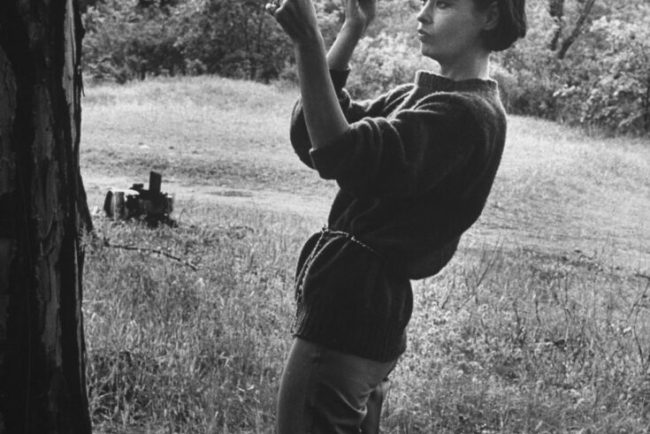
The Marienbad Cut: Gloria Vanderbilt Models A French Movie Hairdo
The French New Wave became a force in cinema in the late 1950s and early 1960s, expanding ideas about the way movies told stories. One sign of the New Wave’s cultural influence was that even a movie which left many viewers befuddled was able to […]
LifestyleThe French New Wave became a force in cinema in the late 1950s and early 1960s, expanding ideas about the way movies told stories. One sign of the New Wave’s cultural influence was that even a movie which left many viewers befuddled was able to inspire a fashion trend in both Europe and the United States.
The film was 1961’s Last Year at Marienbad, directed by Alian Resnais, and its narrative, such it was, centered around a nameless man and woman at a luxury hotel who may or may not have a past together. The film is polarizing enough that it merited both a Criterion Collection edition and also inclusion in a book about the 50 worst films ever. The Criterion Collection edition, even while exalting Last Year at Marienbad, describes the film as a “fever dream” whose plot “has been puzzling appreciative viewers for decades.”
But even if fans didn’t know what the movie meant, they knew that it was stylish (the costumes were done by Coco Chanel), and many women wanted to mimic the hairstyle of lead actress Delphine Seyrig. Here’s what LIFE had to say about the trend in its issue of June 22, 1962.
Not since Veronica Lake’s pageboy bob completely hid one eye from view has a movie hairdo caused such a stir…Cut short and straight with back ends pushed forward under ears and a deep diagonal bang on the forehead, the Marienbad hairdo looks sleek and sophisticated, but appealingly artless at the same time.
Modeling the hot new look for LIFE was none other than socialite and future fashion icon Gloria Vanderbilt. The hairstyle had initially taken off in Europe, and LIFE wrote that Vanderbilt was the first New Yorker to adopt the Marienbad look, “after persuading hairdresser Kenneth to go to the film to study it.”
LIFE staff photographer Paul Schutzer ALSO seems to have also studied the film; the setups for his Vanderbilt photo shoot echo locations from the movie.
And while the film is difficult to understand, the hairstyle was appealingly simple to maintain. Vanderbilt said that while the style requires frequent cutting, in between it could be kept in place “merely by running a comb through it.” The story concluded that “women of all ages, types and places have begun to demand the short cut, glad of a fashionable excuse to give up overly teased bouffant hair for a comfortable, easy-to-keep summer style.”
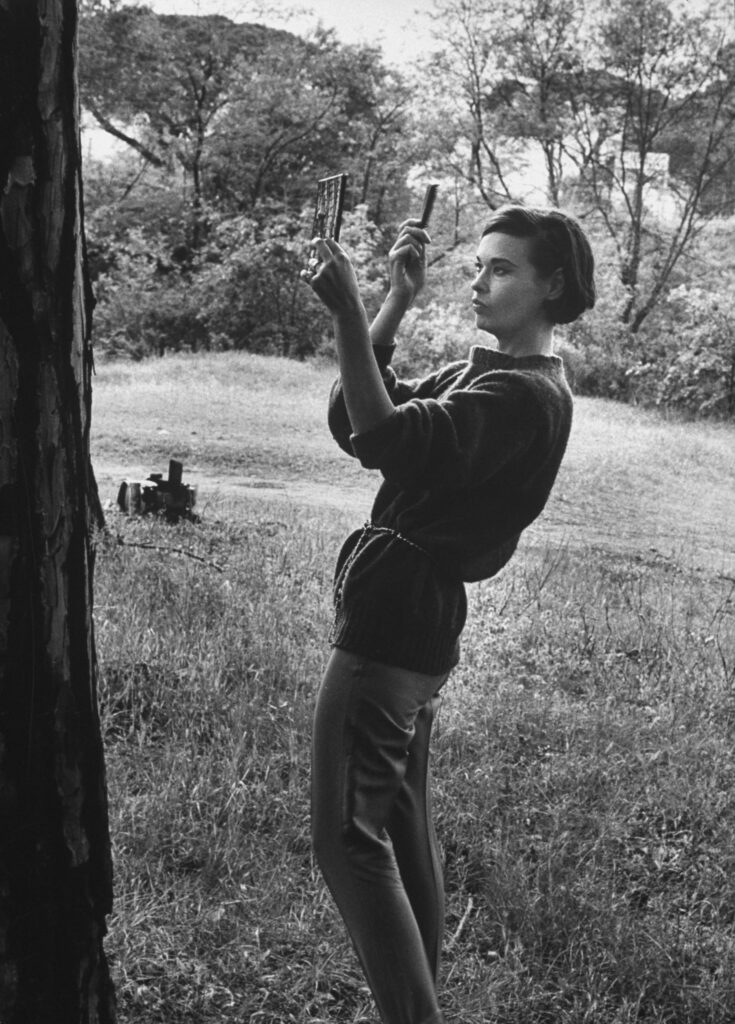
Socialite Gloria Vanderbilt modeled a new hairdo inspired by the 1961 film Last Year at Marienbad.
Paul Schutzer/LIfe Picture Collection/Shutterstock
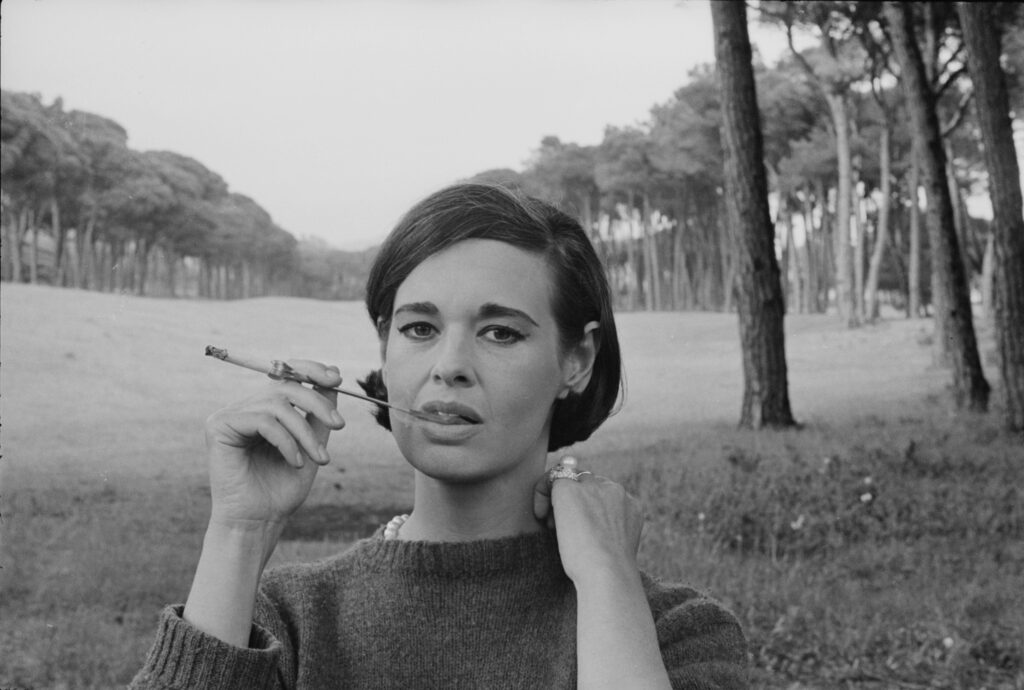
Socialite Gloria Vanderbilt modeled a new hairdo inspired by the 1961 film Last Year at Marienbad.
Paul Schutzer/Life Picture Collection/Shutterstock
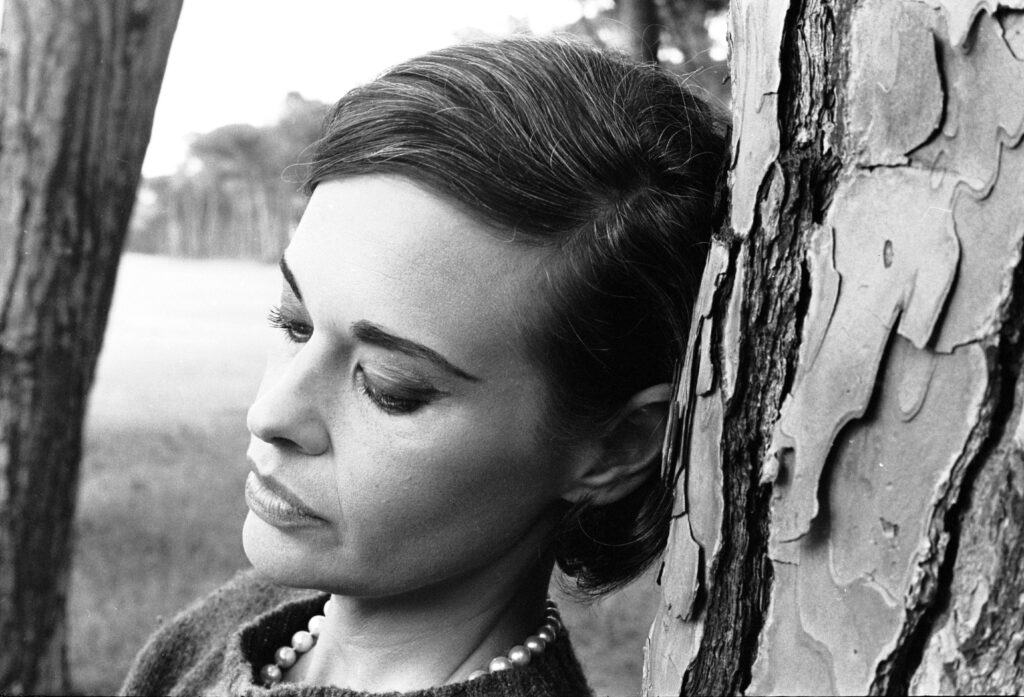
Socialite Gloria Vanderbilt modeled a new hairdo inspired by the 1961 film Last Year at Marienbad.
Paul Schutzer/Life Picture Collection/Shutterstock
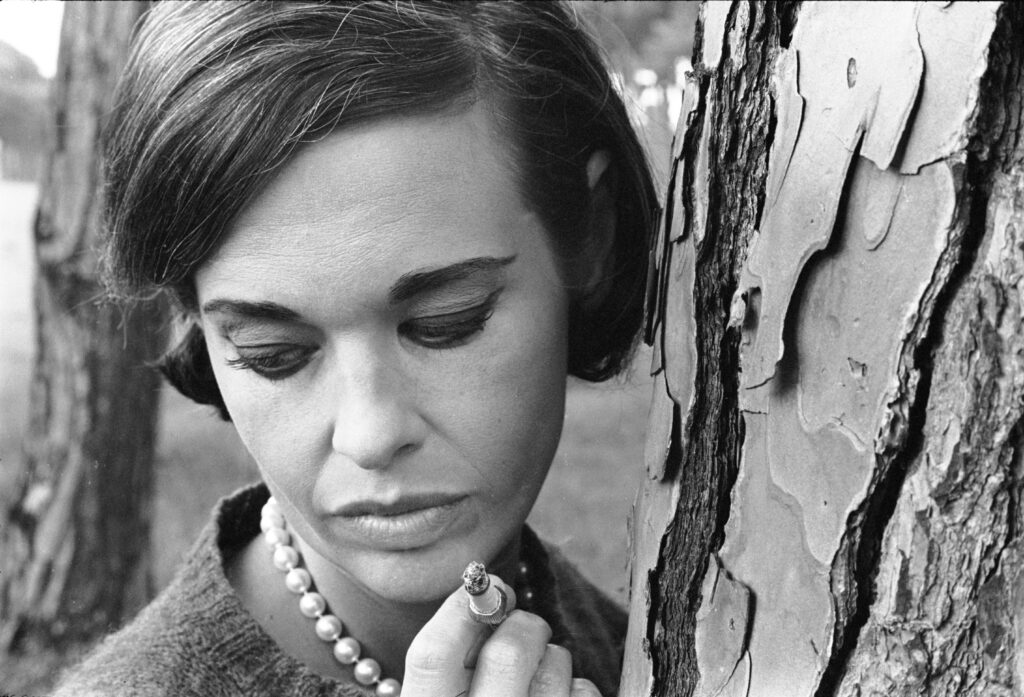
Socialite Gloria Vanderbilt modeled a new hairdo inspired by the 1961 film Last Year at Marienbad.
Paul Schutzer/Life Picture Collection/Shutterstock
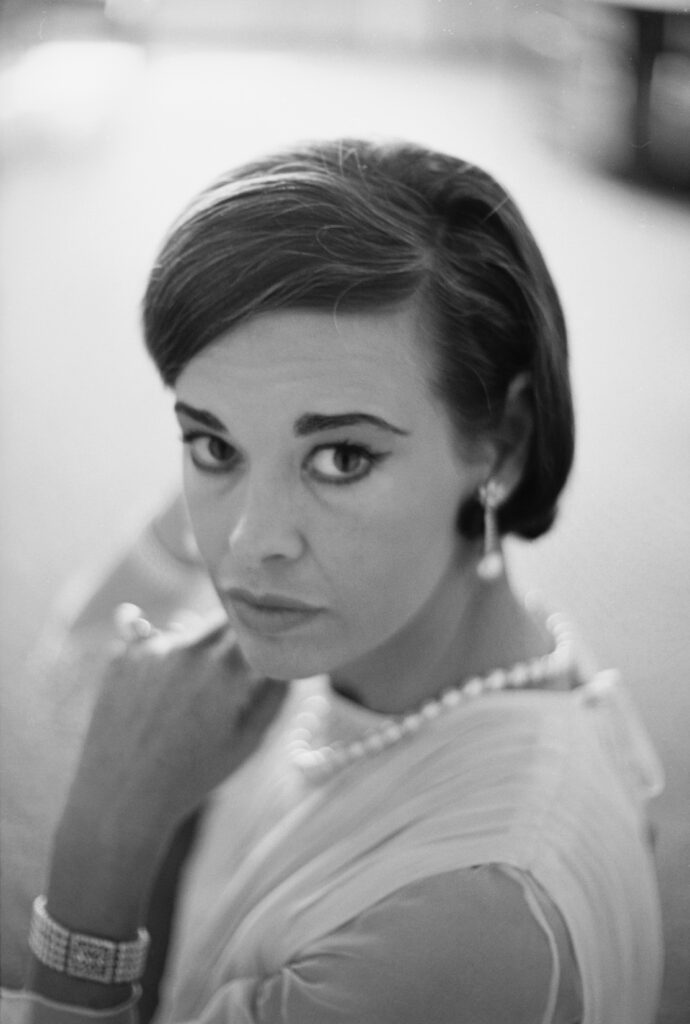
Socialite Gloria Vanderbilt modeled a new hairdo inspired by the 1961 film Last Year at Marienbad.
Paul Schutzer/Life Picture Collection/Shutterstock
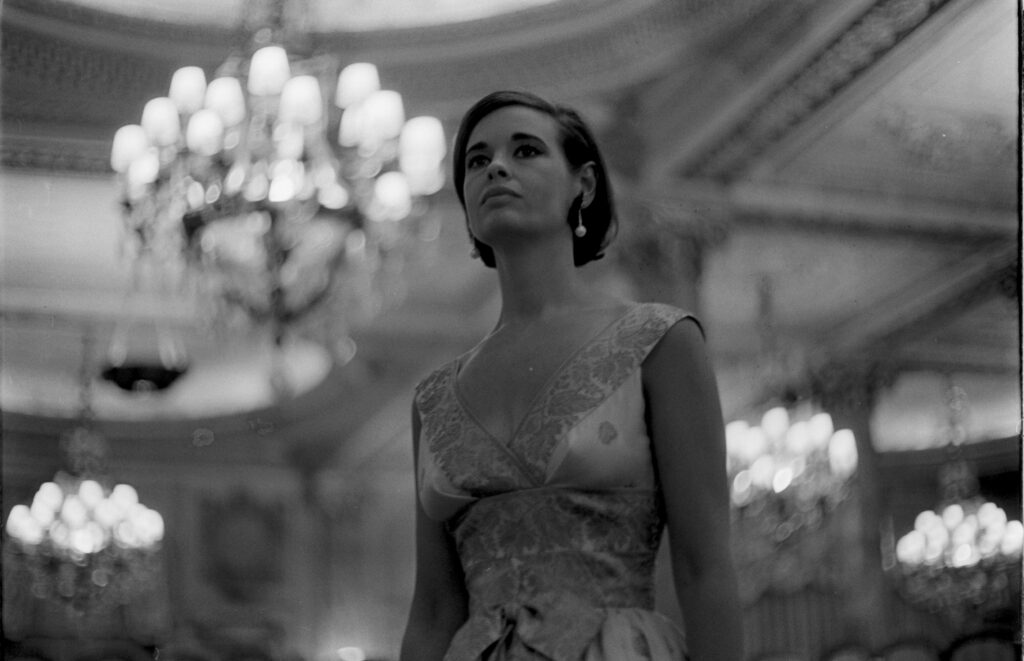
Socialite Gloria Vanderbilt modeled a new hairdo inspired by the 1961 film Last Year at Marienbad.
Paul Schutzer/Life Picture Collection/Shutterstock
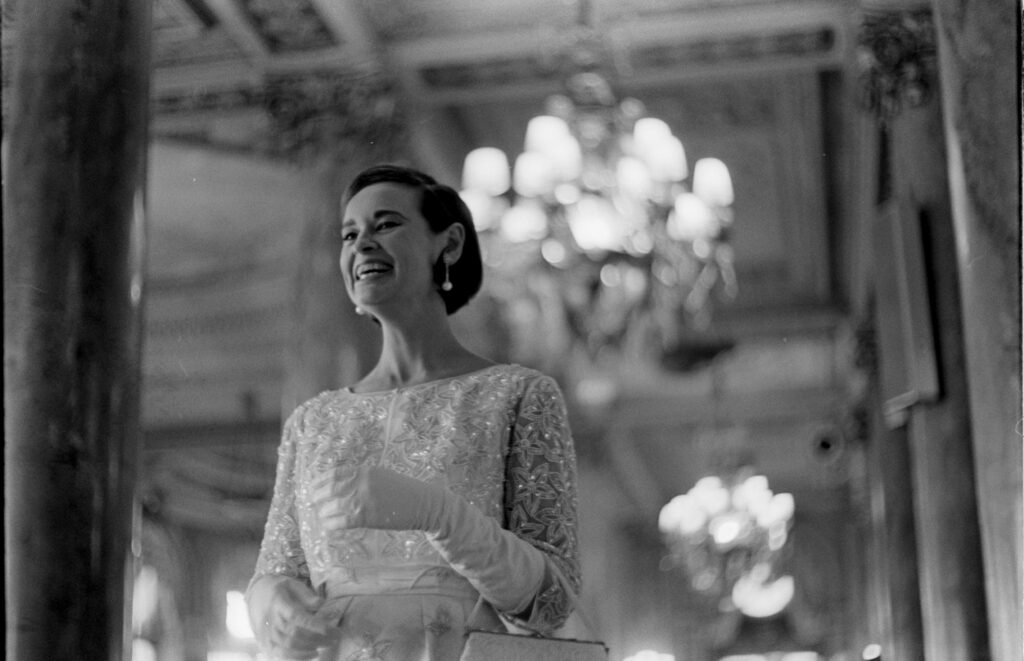
Socialite Gloria Vanderbilt modeled a new hairdo inspired by the 1961 film Last Year at Marienbad.
Paul Schutzer/Life Picture Collection/Shutterstock
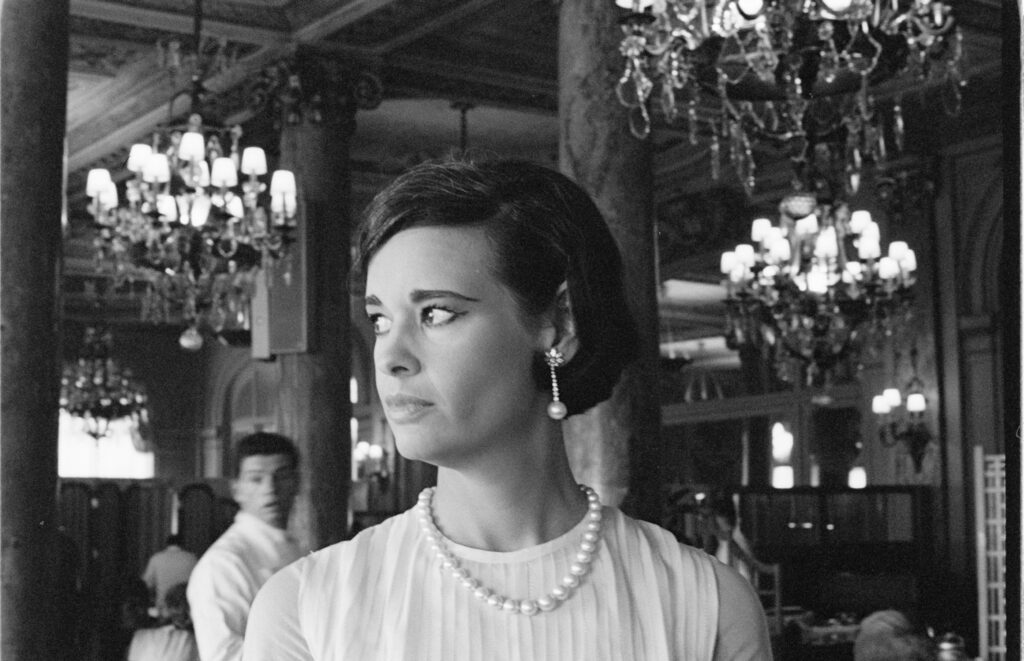
Socialite Gloria Vanderbilt modeled a new hairdo inspired by the 1961 film Last Year at Marienbad.
Paul Schutzer/Life Picture Collection/Shutterstock
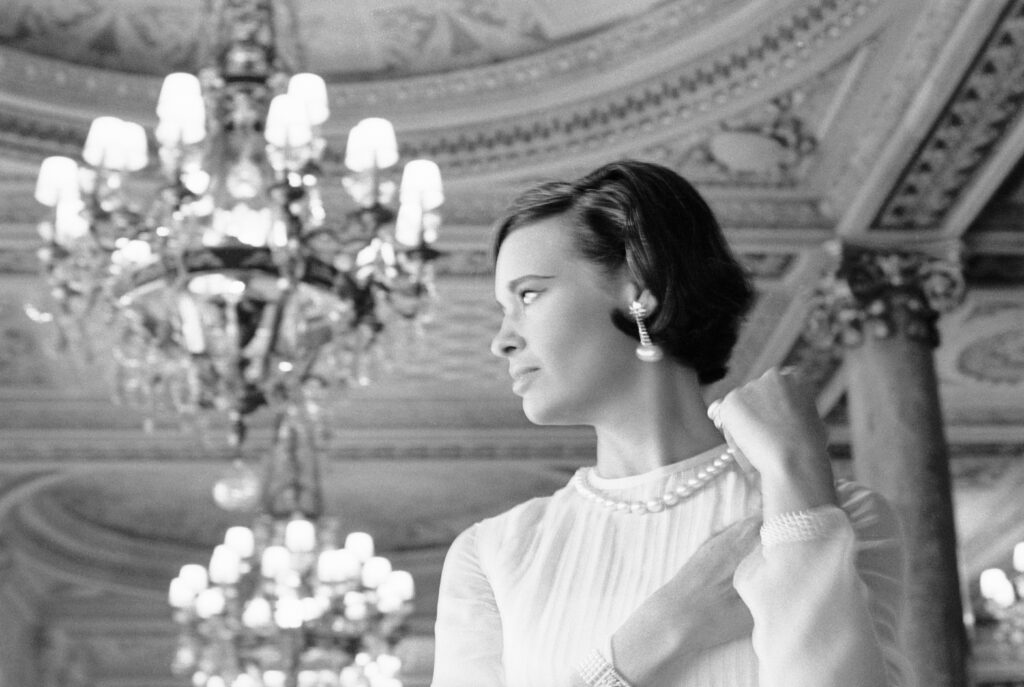
Socialite Gloria Vanderbilt modeled a new hairdo inspired by the 1961 film Last Year at Marienbad.
Paul Schutzer/Life Picture Collection/Shutterstock
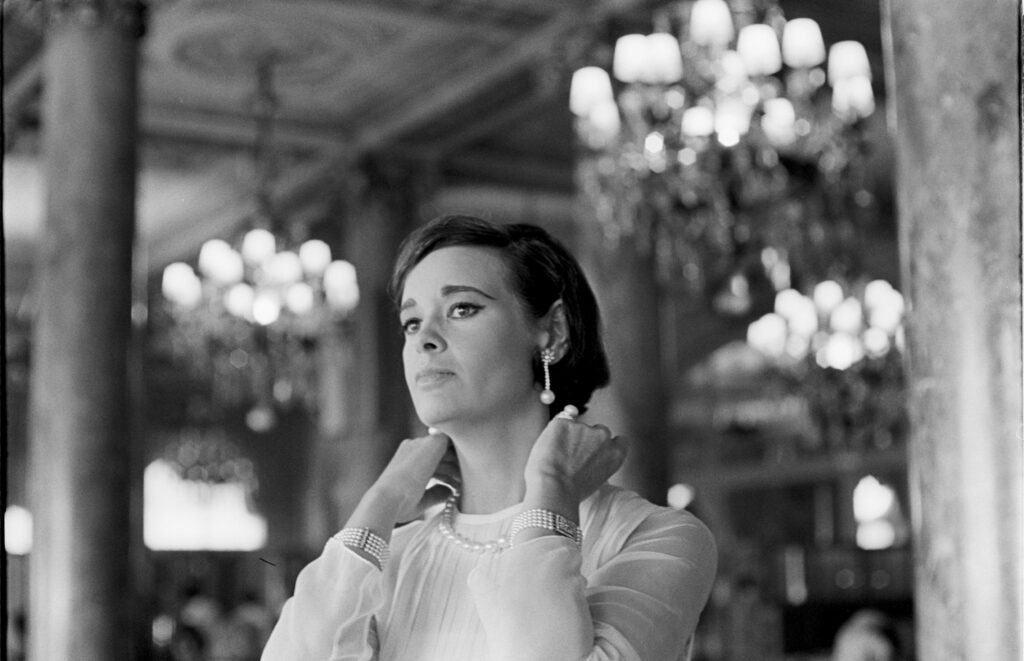
Socialite Gloria Vanderbilt modeled a new hairdo inspired by the 1961 film Last Year at Marienbad.
Paul Schutzer/Life Picture Collection/Shutterstock
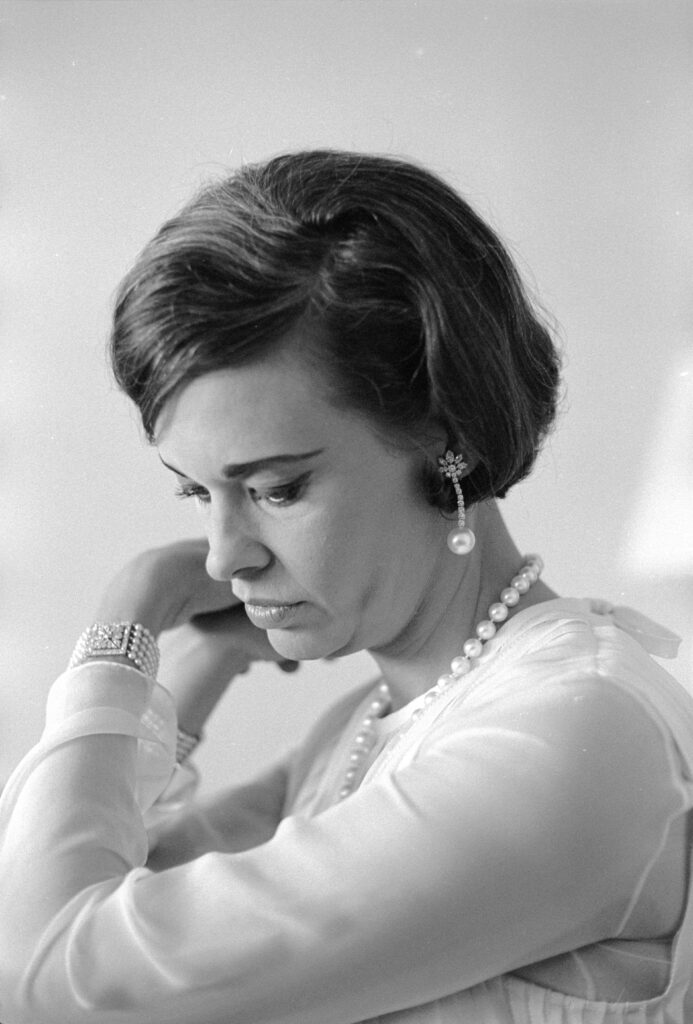
Socialite Gloria Vanderbilt modeled a new hairdo inspired by the 1961 film Last Year at Marienbad.
Paul Schutzer/Life Picture Collection/Shutterstock
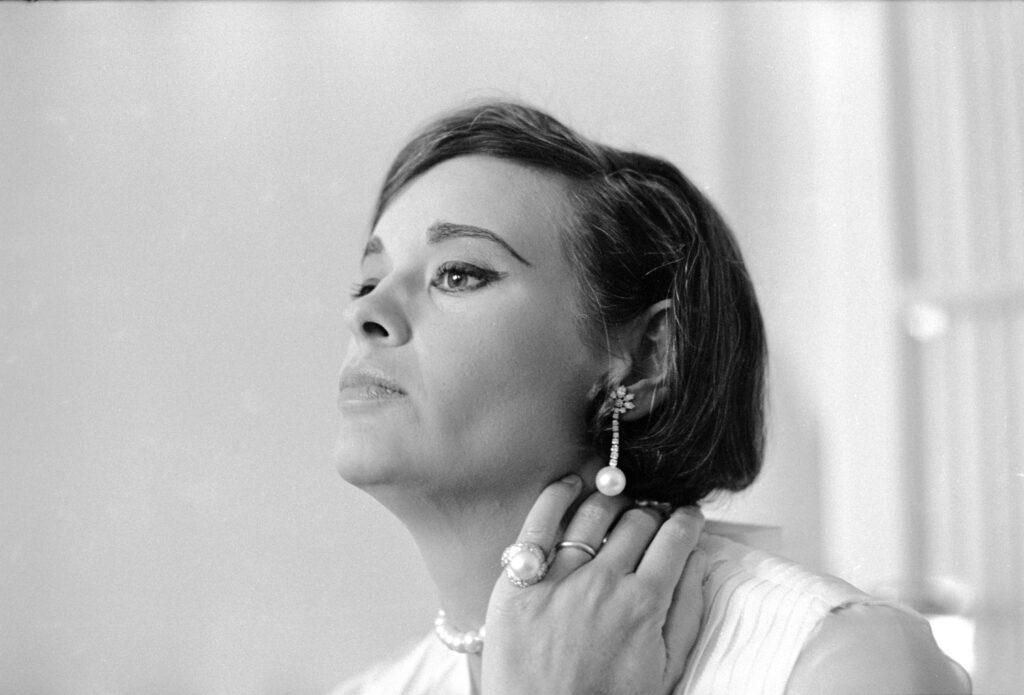
Socialite Gloria Vanderbilt modeled a new hairdo inspired by the 1961 film Last Year at Marienbad.
Paul Schutzer/Life Picture Collection/Shutterstock
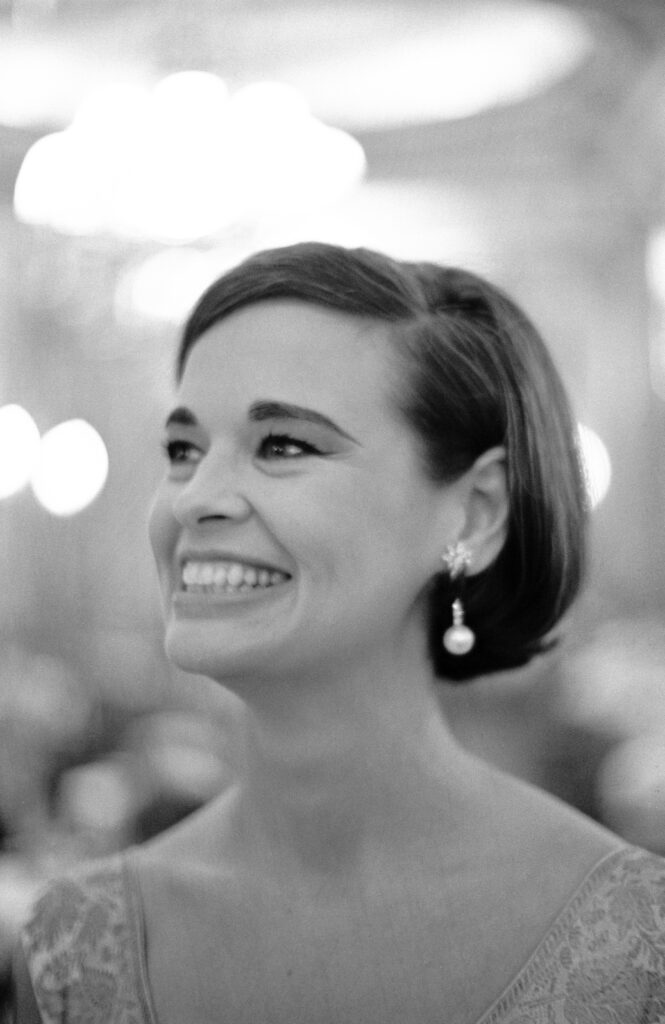
Socialite Gloria Vanderbilt modeled a new hairdo inspired by the 1961 film Last Year at Marienbad.
Paul Schutzer/Life Picture Collection/Shutterstock
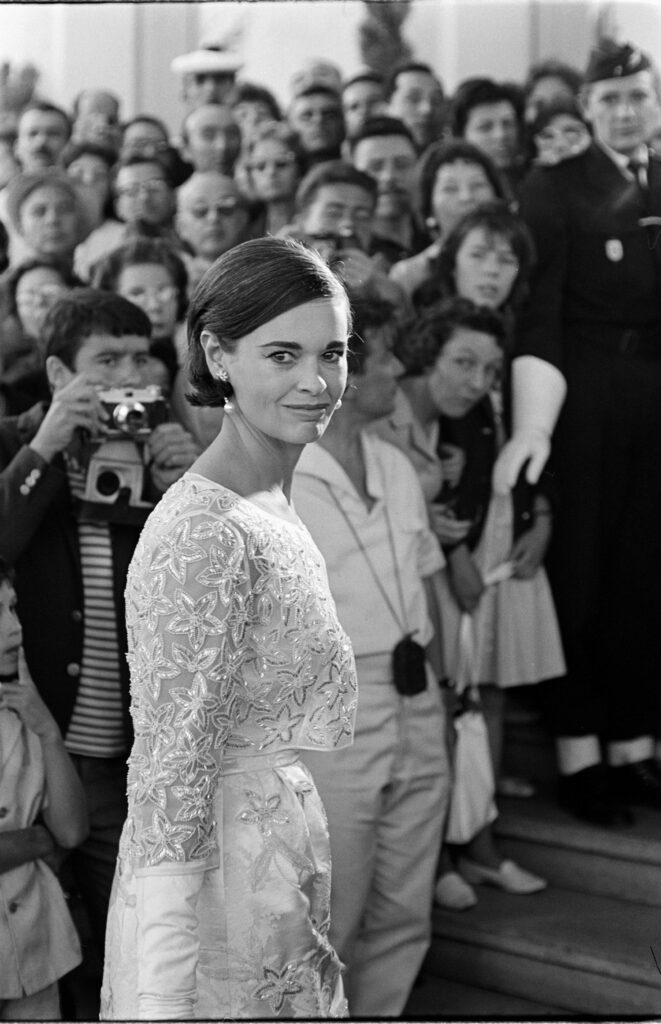
Socialite Gloria Vanderbilt modeled a new hairdo inspired by the 1961 film Last Year at Marienbad.
Paul Schutzer/Life Picture Collection/Shutterstock
The post The Marienbad Cut: Gloria Vanderbilt Models A French Movie Hairdo appeared first on LIFE.
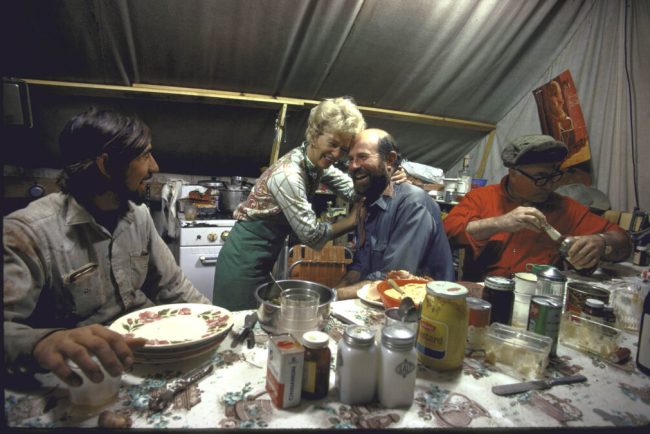
A Joyful Thanksgiving and a “Marriage Experiment”
In 1972 LIFE magazine ran a cover feature on what it termed “Marriage Experiments.” The issue featured several examples of nontraditional domestic units. These ranged from a collective family in Berkeley, California to unmarried parents living in the Boston suburbs. If the Boston couple doesn’t […]
LifestyleIn 1972 LIFE magazine ran a cover feature on what it termed “Marriage Experiments.” The issue featured several examples of nontraditional domestic units. These ranged from a collective family in Berkeley, California to unmarried parents living in the Boston suburbs. If the Boston couple doesn’t sound all that experimental, keep in mind that this was at a time when raising children out of wedlock was still relatively rare, with percentages just starting to climb out of the single digits. (In 2024, about one of four children are being raised by unmarried parents).
Another one of the “experiments” in the issue featured Joy and Stan Potts, a couple who had what the magazine termed a “frontier partnership.”
Here’s how that partnership worked, as described by LIFE:
For three months each year they disappear into the Idaho Primitive Area where, as a team, they operate a commercial hunting camp. To do this they leave behind their three girls, ages 11, 12 and 17, who willingly—and successfully—remain entirely on their own at the alfalfa ranch the Pottses run in Nevada during the rest of the year.
Joy Potts said leaving the children on their own for so long benefited the kids as well as the parents. The kids, she said, learned to be independent. And running the camp together with her husband was good for their relationship. “Marriages get down in the dumps because people sort of ignore each other,” Joy told LIFE. “I know I am an important person to Stan.”
As for Stan, he told LIFE that the key to a happy marriage was sharing in everything—including the inevitable failures. “Then you know how it all works, that it’s not any one person’s fault,” he said. He added that if he were running the camp on his own, “It would be a lot more lonely and a lot harder without Joy, that’s for sure.”
The story was photographed by John Dominis, and he visited the Potts’ camp during Thanksgiving, when their daughters had come to visit. Their holiday dinner, which also included the hunters at the camp, looks as welcoming as it was rustic.
The Potts’ “frontier partnership” was an enduring one. In 2021 Stan and Joy were recognized by the Hall of Fame of the Idaho Outfitters and Guides Association, Salmon River Chapter. Later that same year Joy died at age 87, survived by her husband of 67 years. Her obituary included a delightful detail on how Joy and Stan first met, while she was Mackay, Idaho visiting family: “During that first conversation, she told him she milked cows, and he was hooked.”
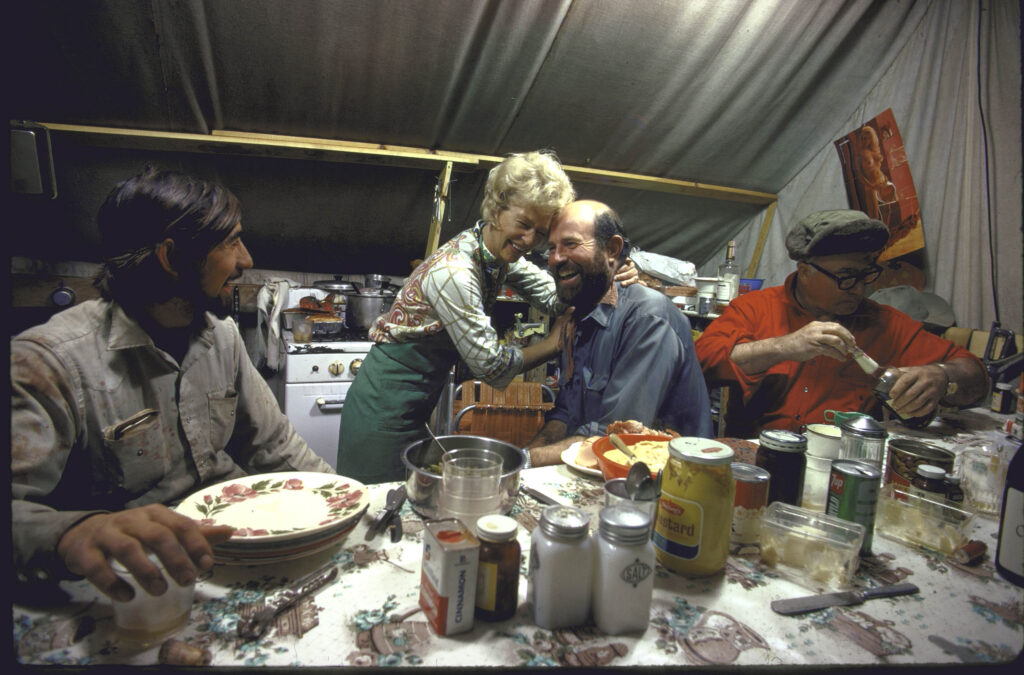
Joy and Stan Potts shared a light moment during Thanksgiving dinner at the hunting camp they ran in Idaho, 1972.
John Dominis/LIfe Picture Collection/Shutterstock

Joy and Stan Potts leave their alfalfa farm and children three months a year to brave the frontier wilderness in Idaho. Here they and their daughters, on the left side of the table, enjoy a Thanksgiving feast, joined by hunters at the camp, 1972.
John Dominis/LIfe Picture Collection/Shutterstock
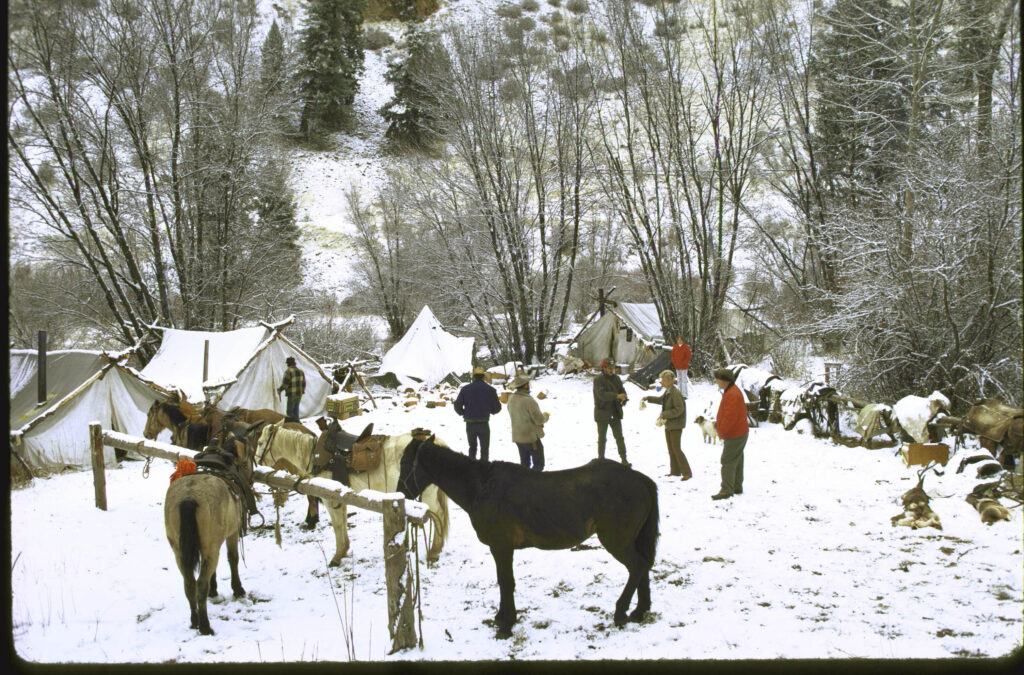
Joy and Stan Potts would leave their alfalfa farm and children three months a year to run an Idaho hunting camp. Here Joy (second from right) handed out sandwiches to a hunting party before they set out, 1972.
John Dominis/LIfe Picture Collection/Shutterstock
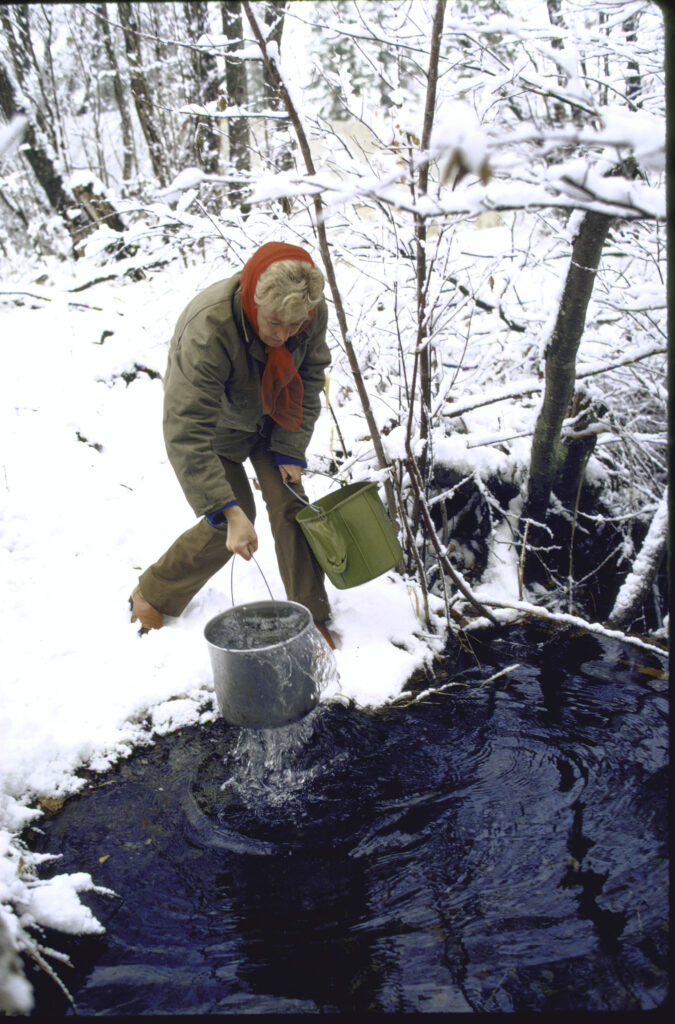
Joy Potts carried water from a stream to use for cooking and cleaning at the Idaho hunting camp that she and her husband ran, 1972.
John Dominis/LIfe Picture Collection/Shutterstock
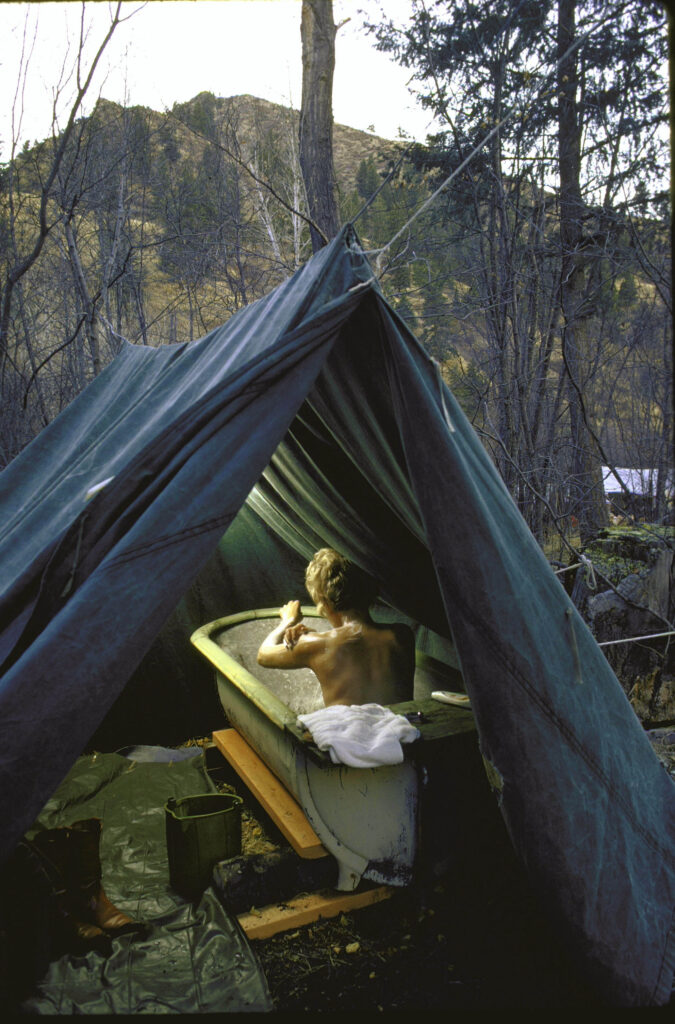
Joy Potts took a bath in water heated from a stove at the Idaho hunting camp that she and her husband Stan ran, 1972.
John Dominis/LIfe Picture Collection/Shutterstock
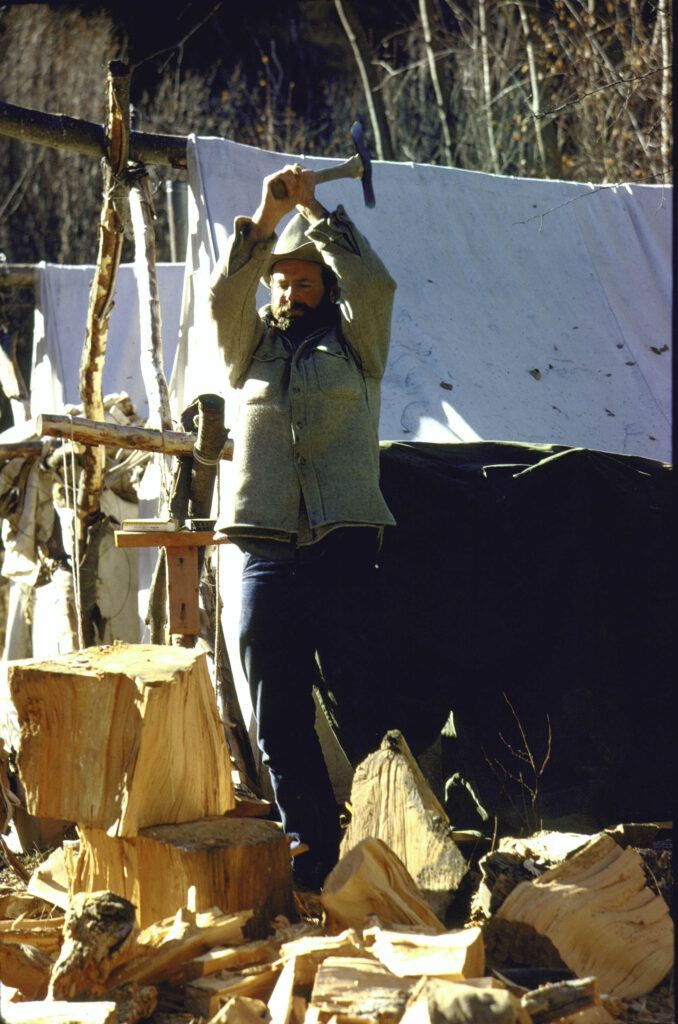
Stan Potts chopped firewood at the hunting camp run by him and his wife Joy, 1972.
John Dominis/LIfe Picture Collection/Shutterstock
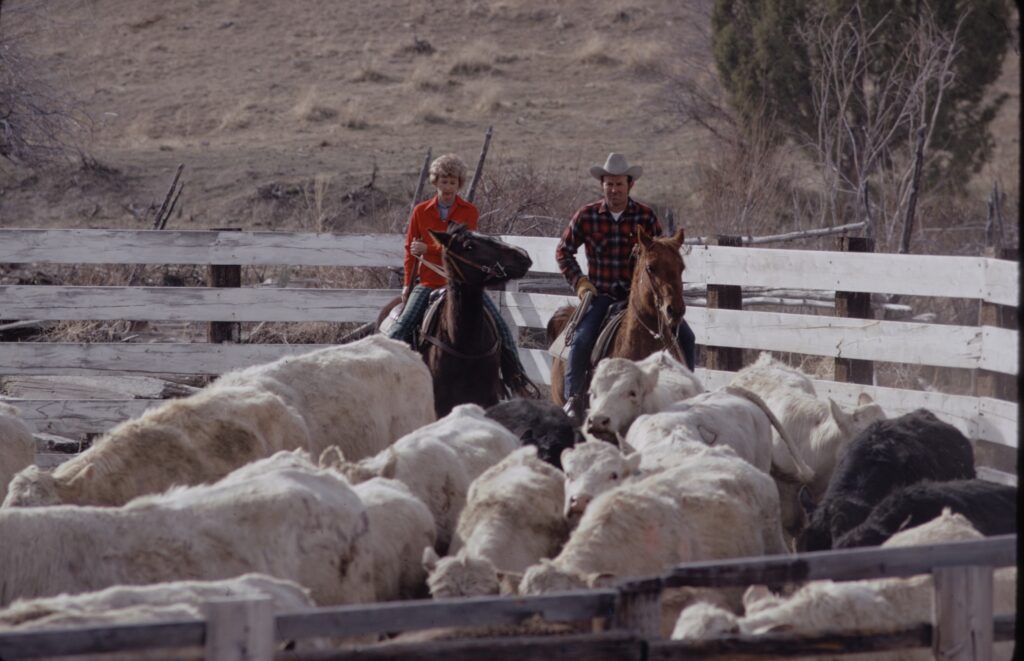
Joy and Stan Potts, 1972.
John Dominis/LIfe Picture Collection/Shutterstock
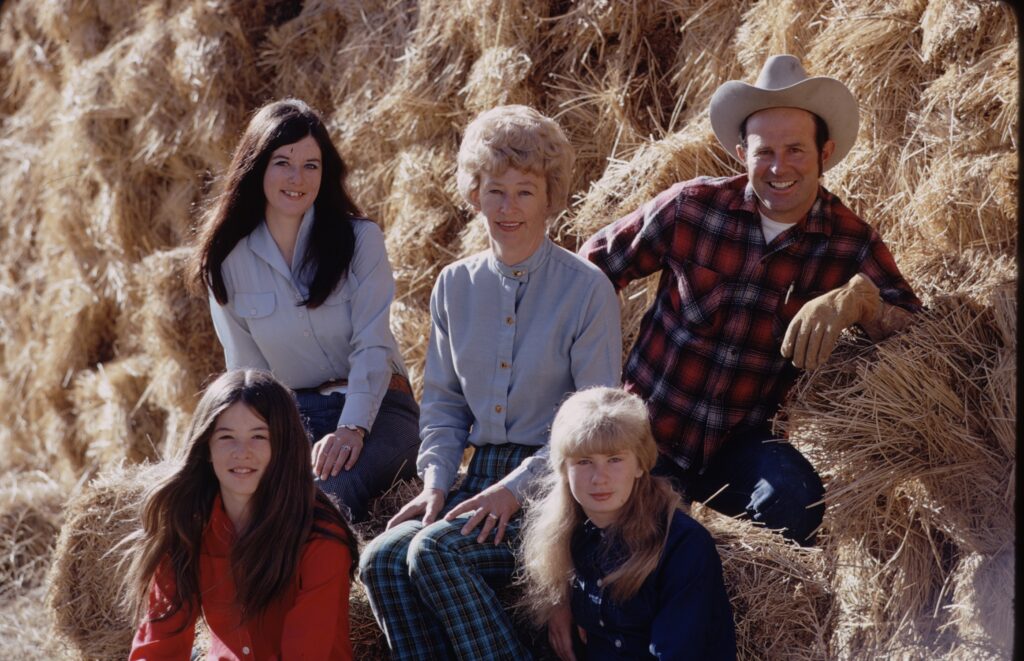
Joy and Stan Potts would leave their three daughters, ages 11, 12 and 17, at the family alfalfa farm for months at a time while they went off to run their hunting camp.
John Dominis/LIfe Picture Collection/Shutterstock
The post A Joyful Thanksgiving and a “Marriage Experiment” appeared first on LIFE.




